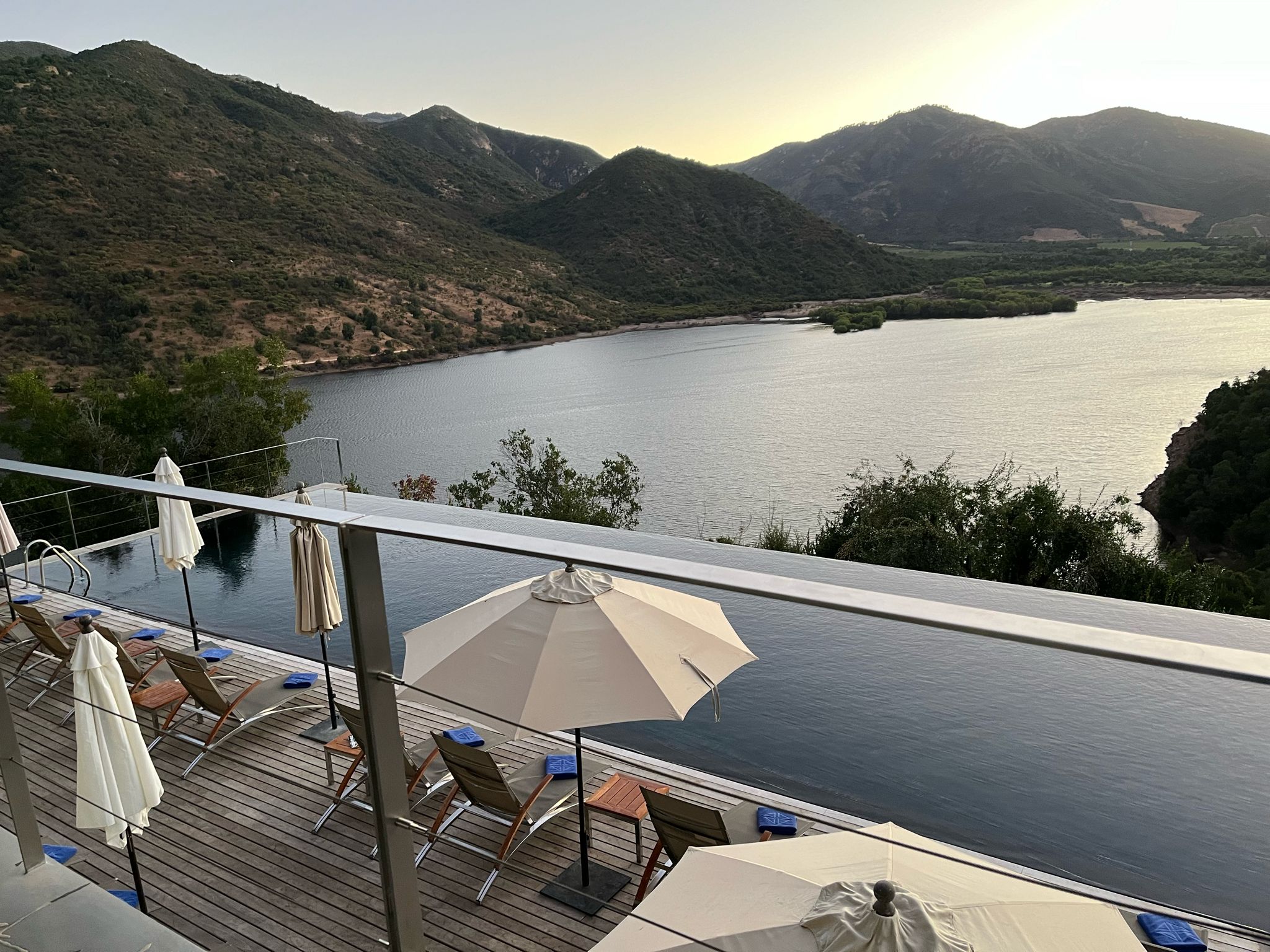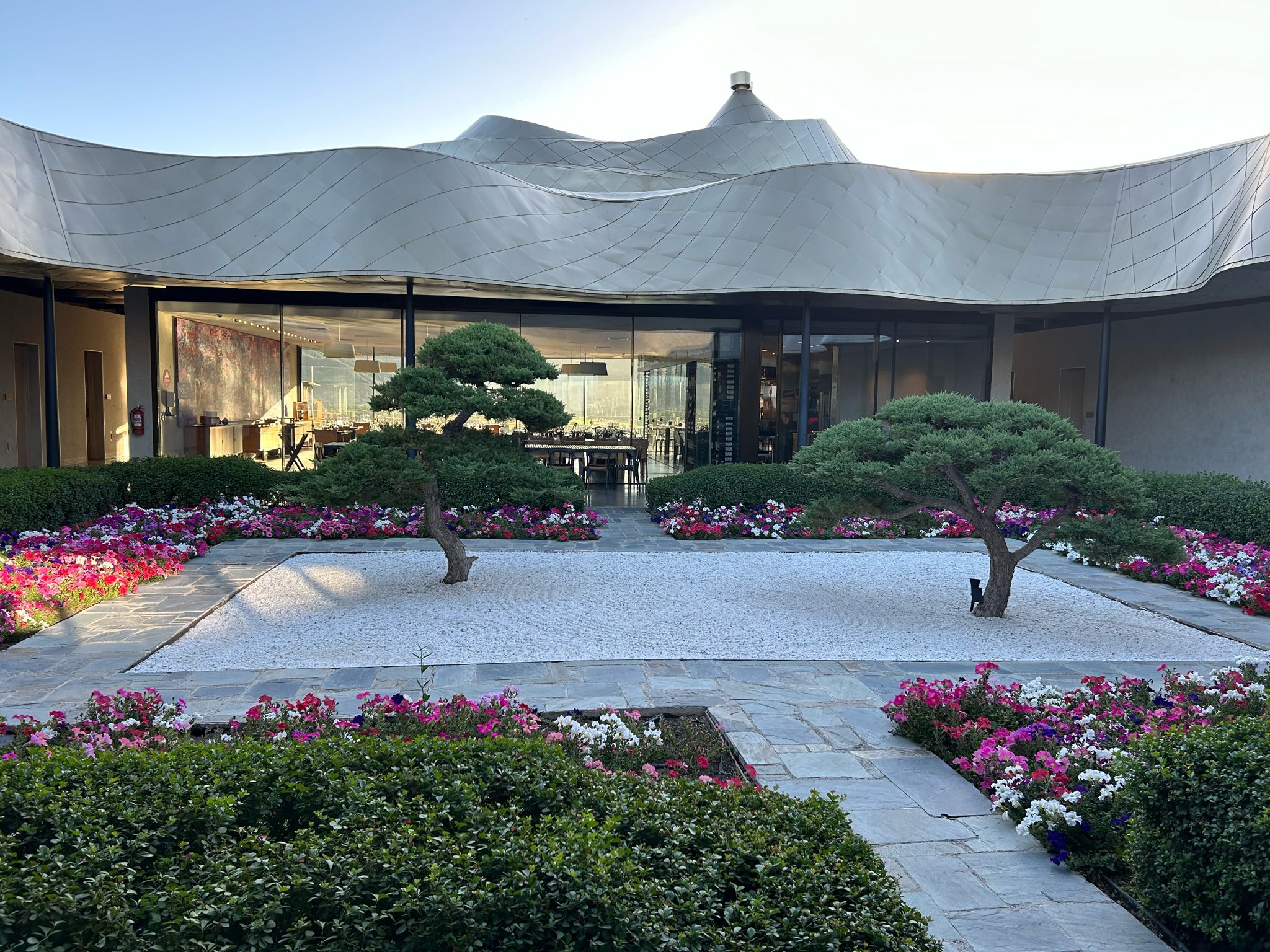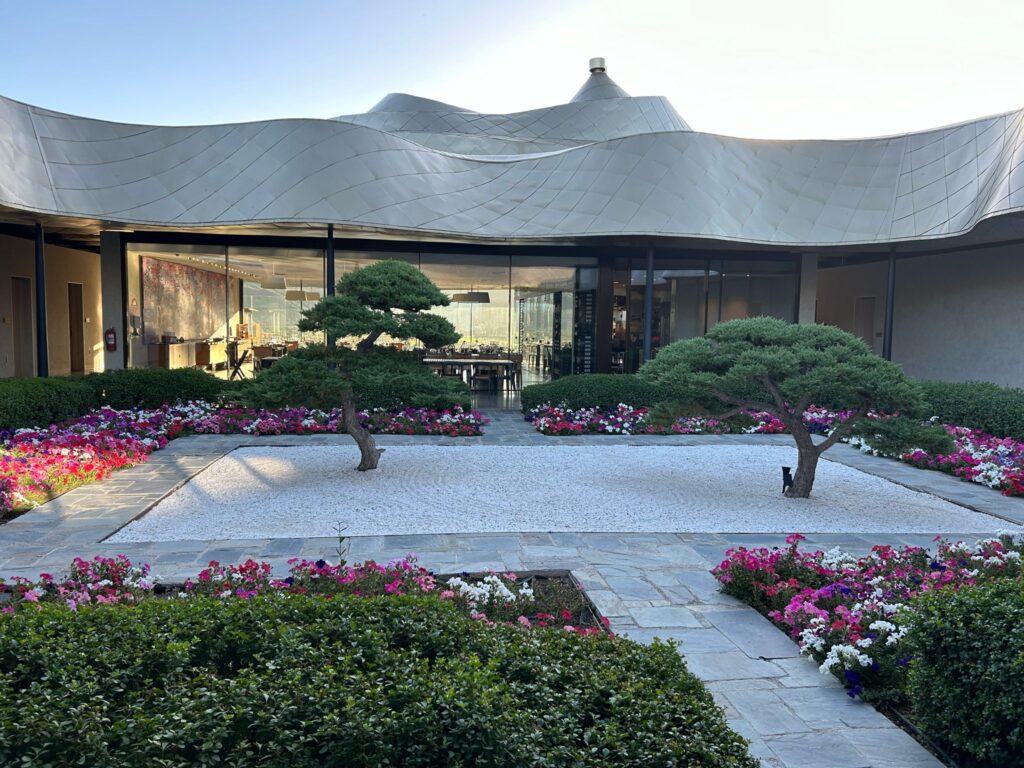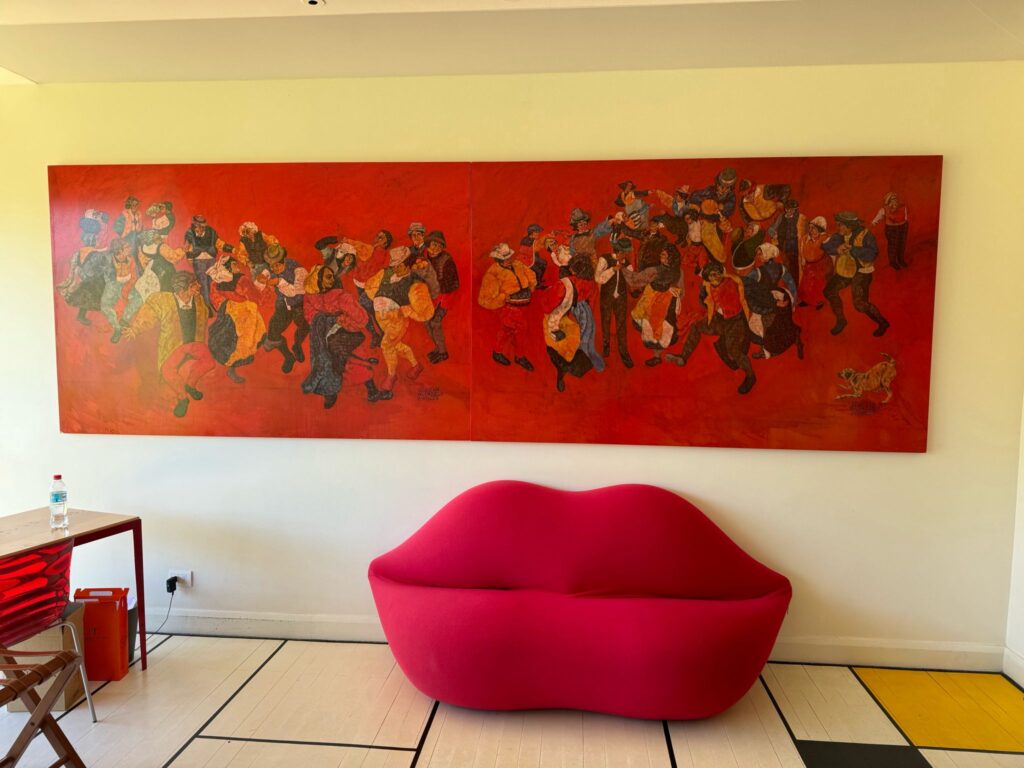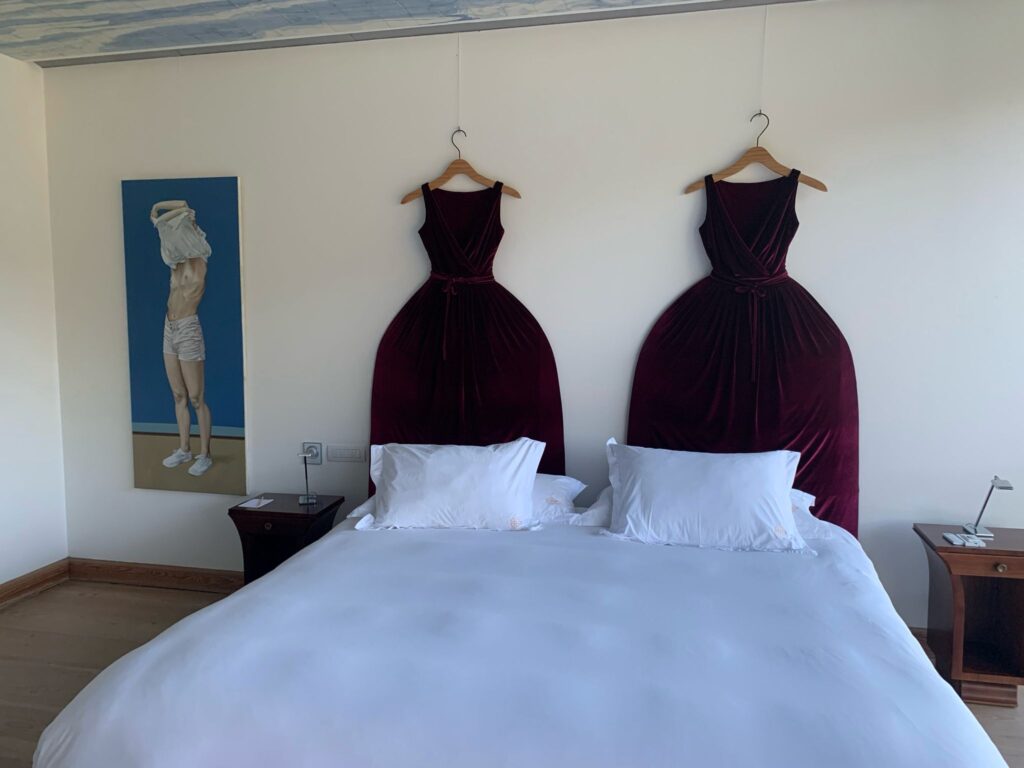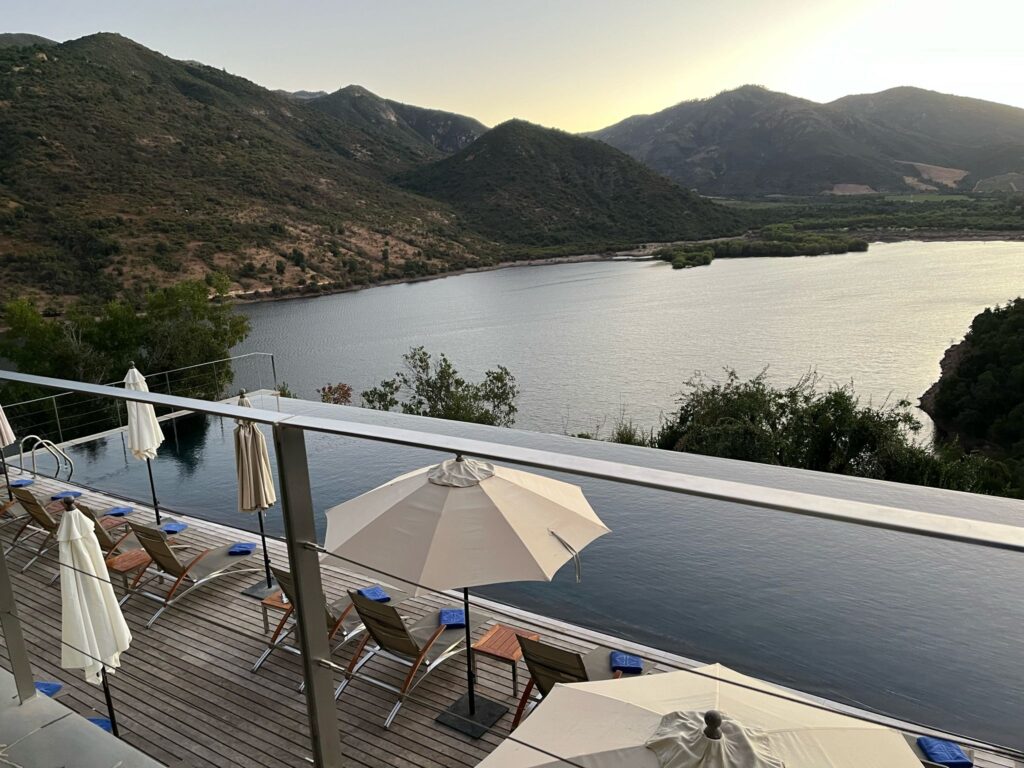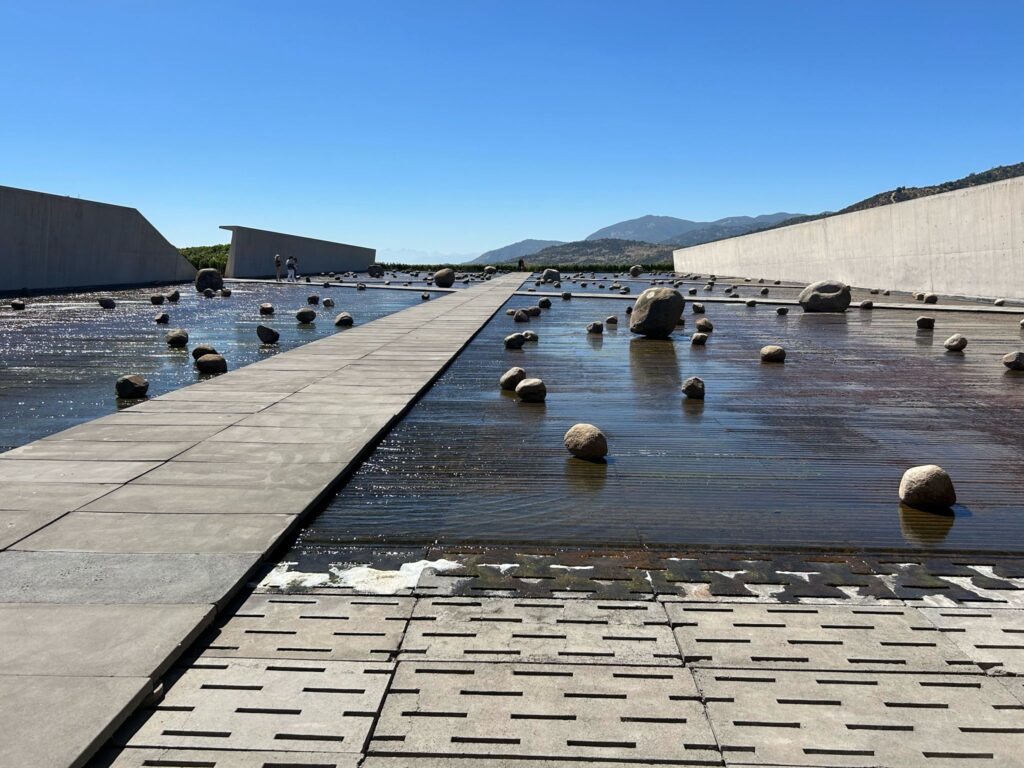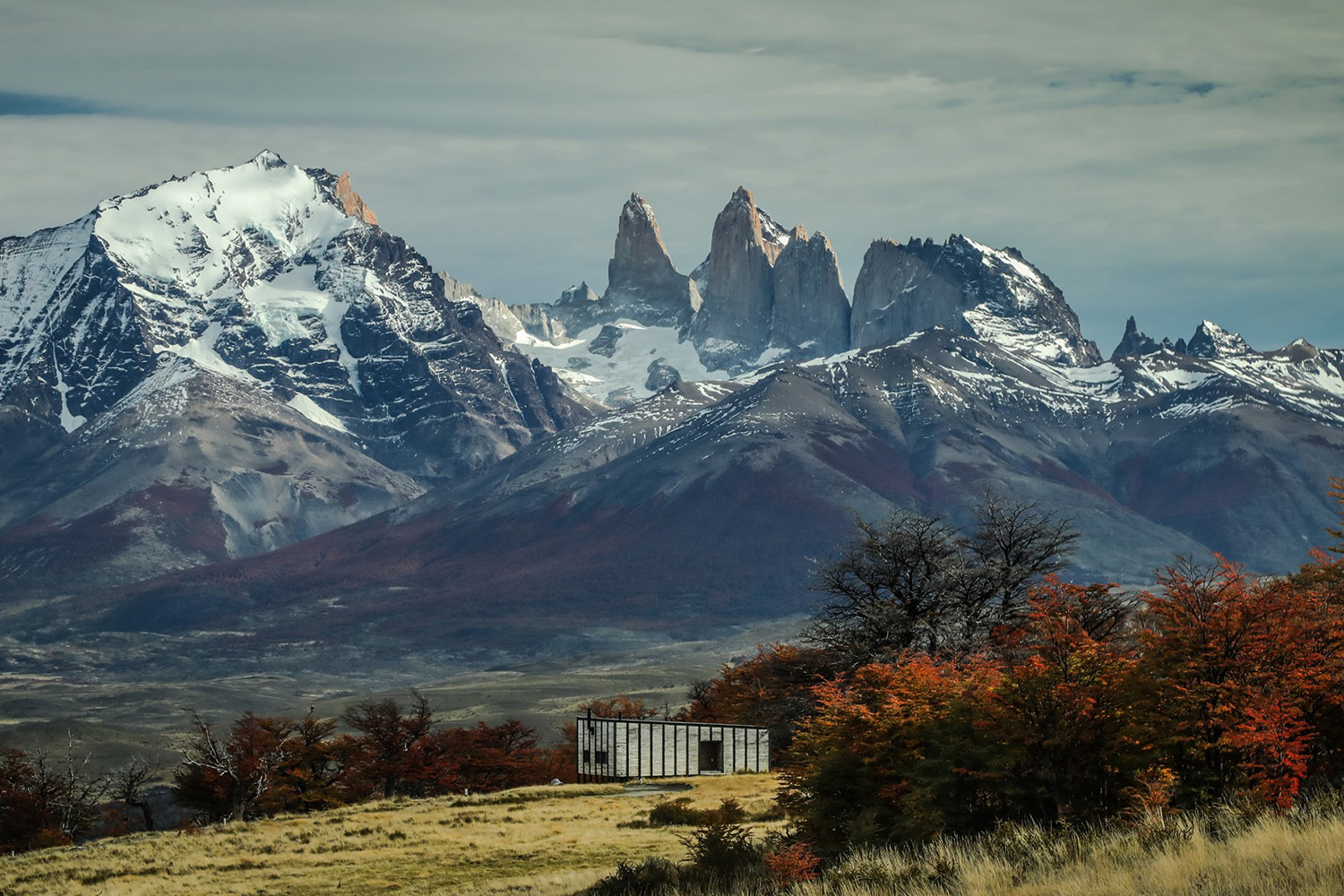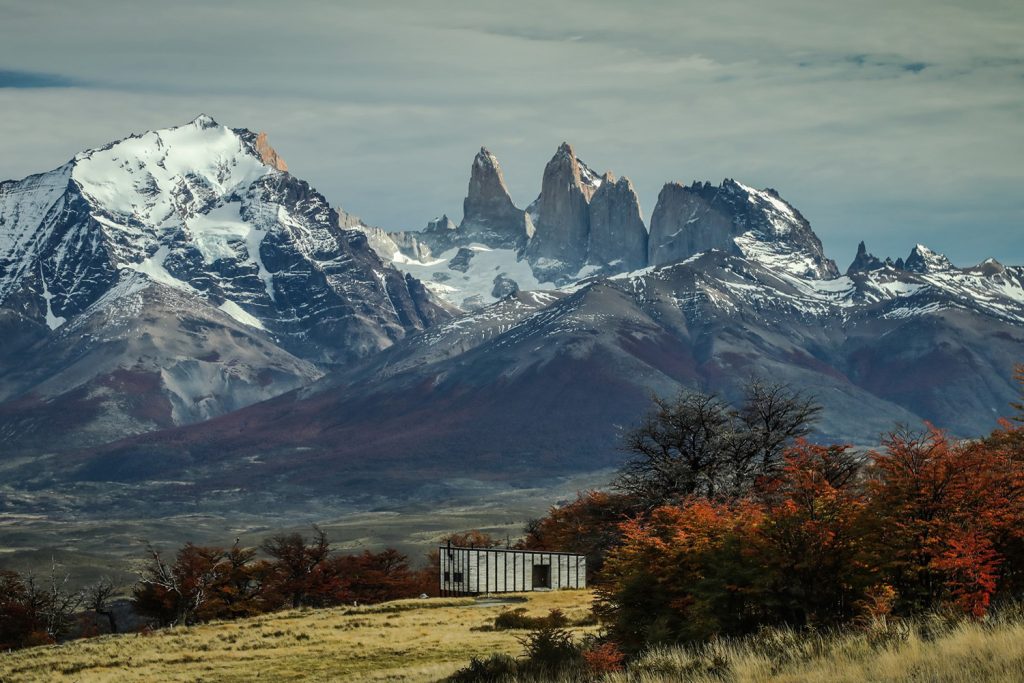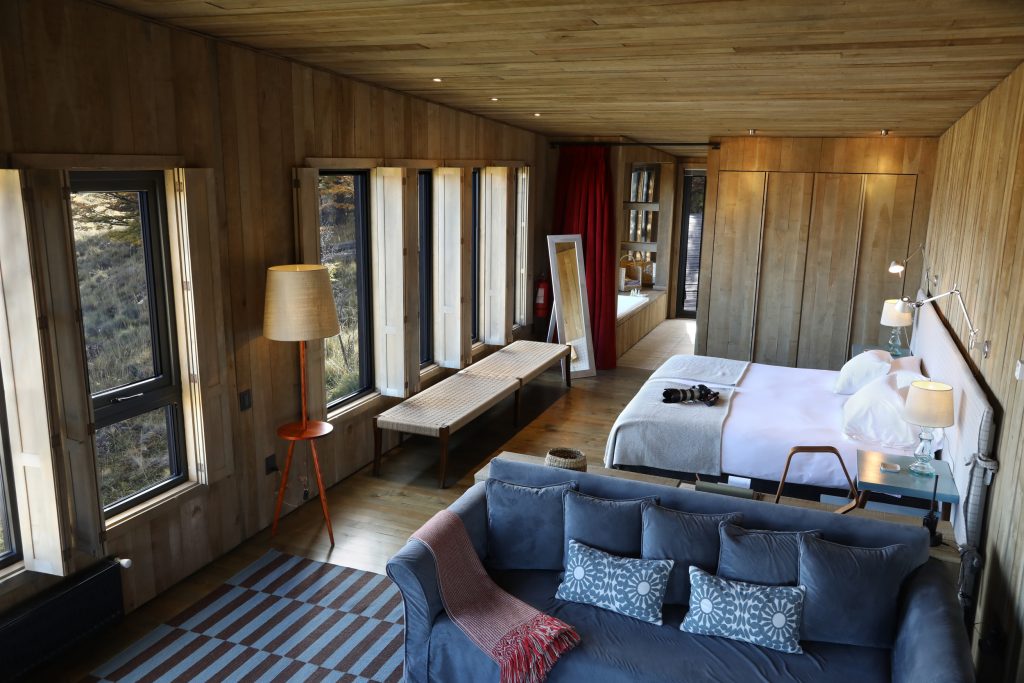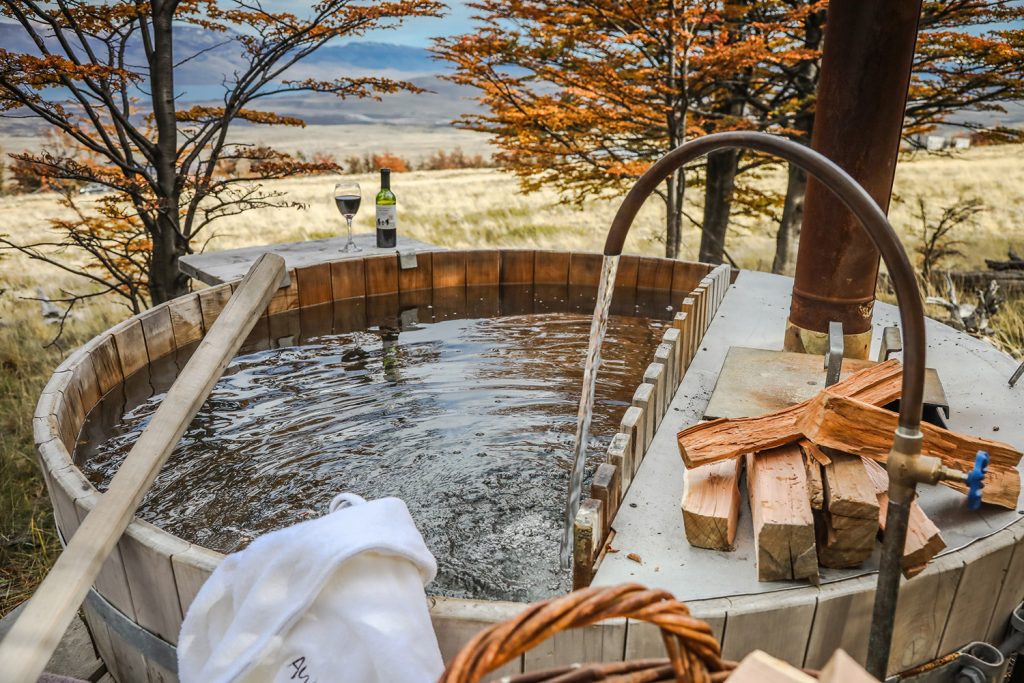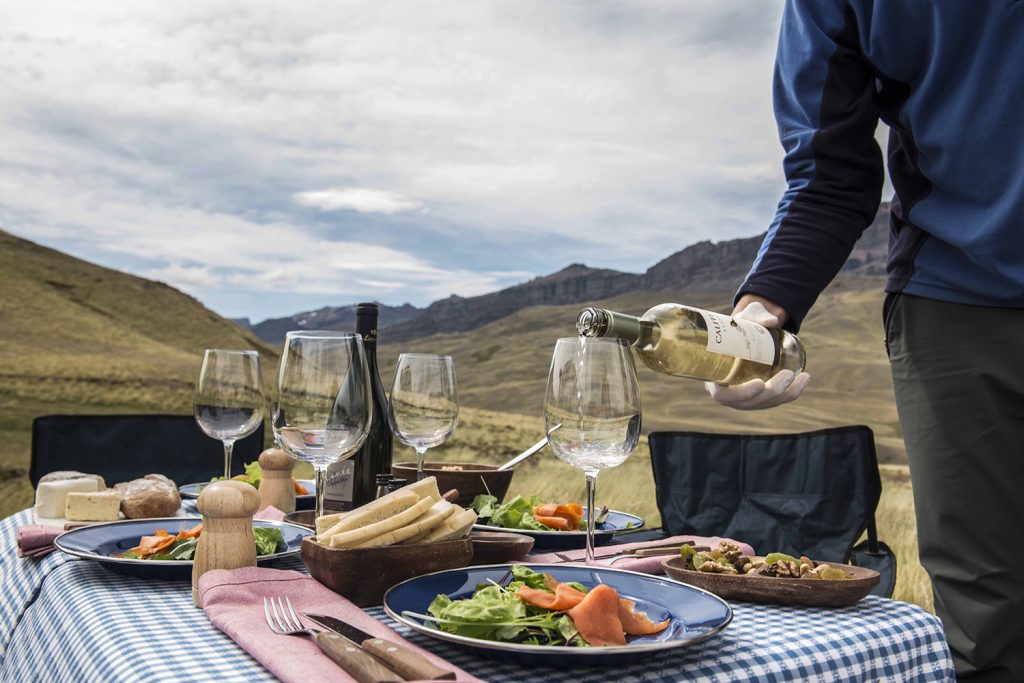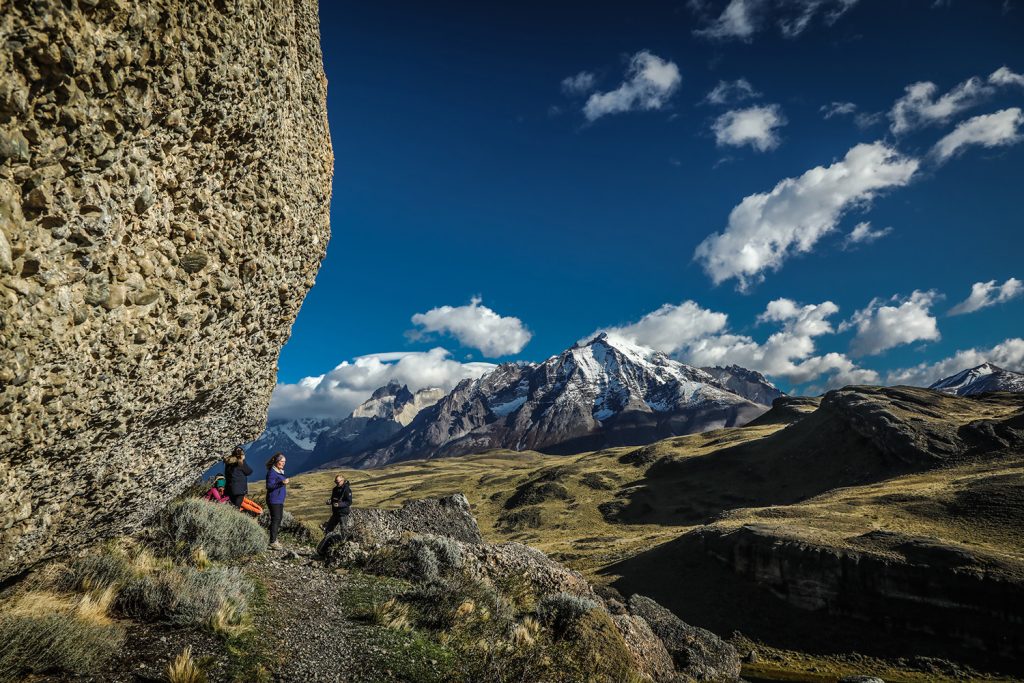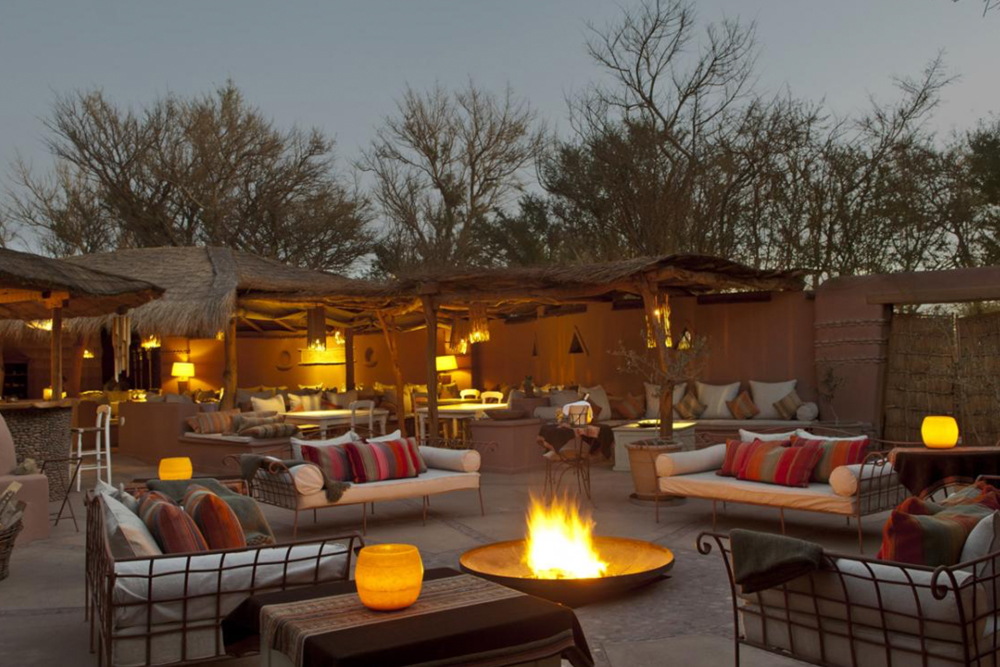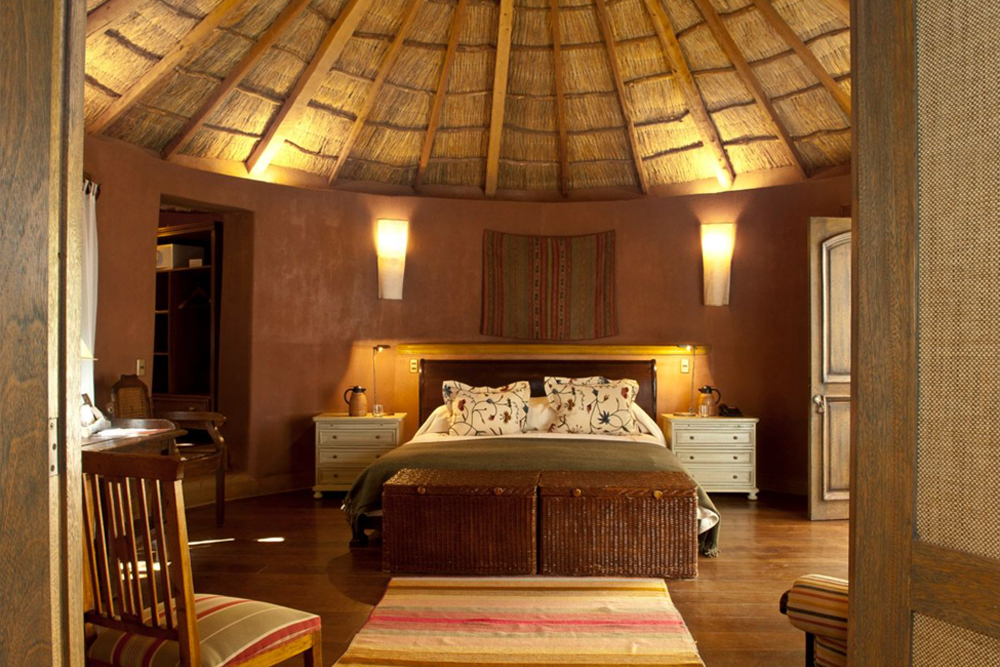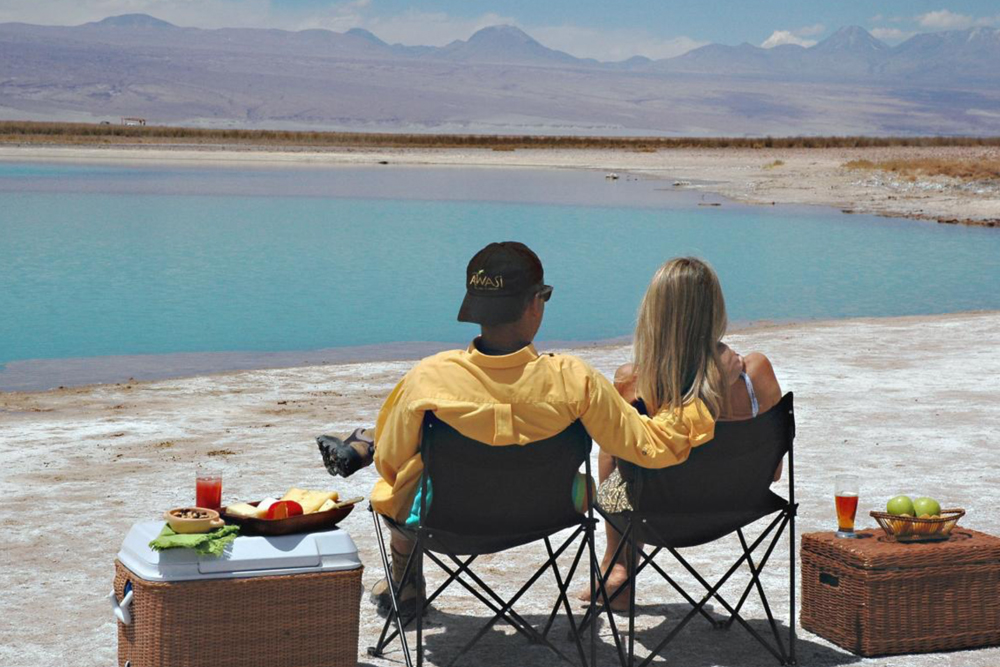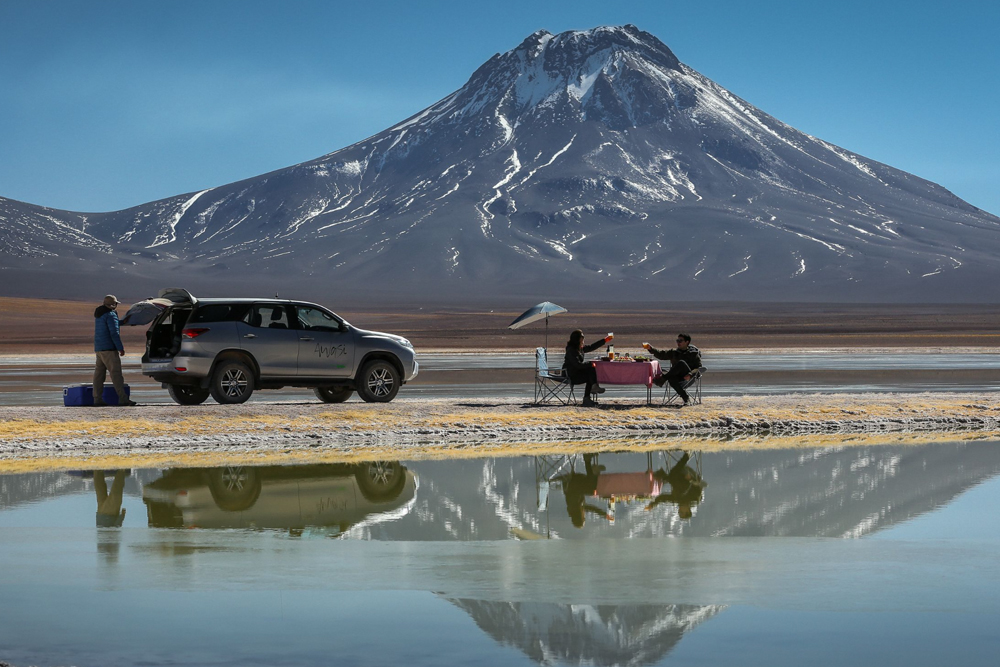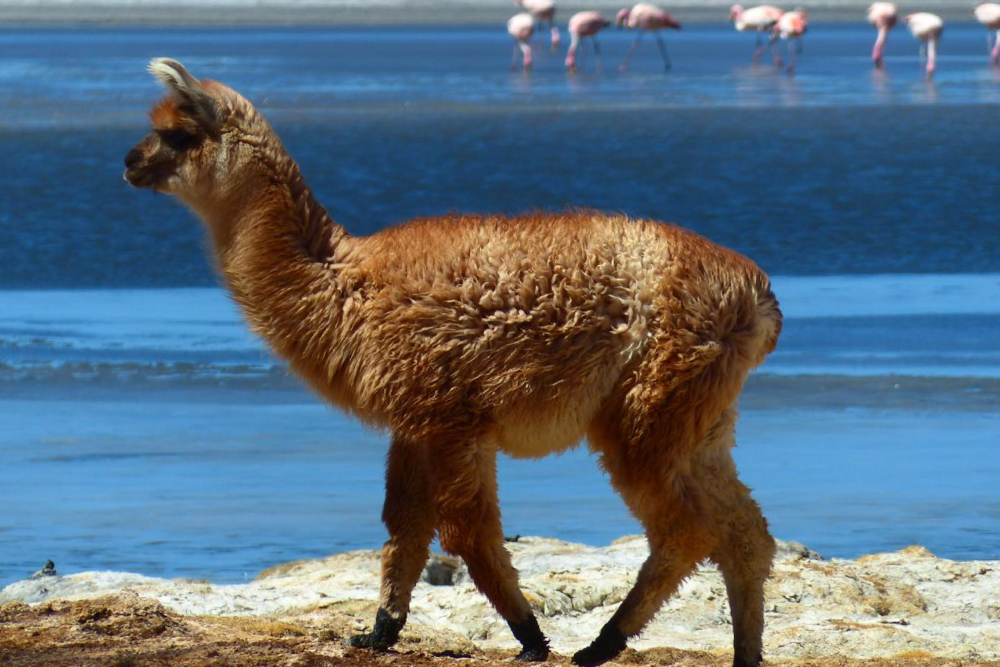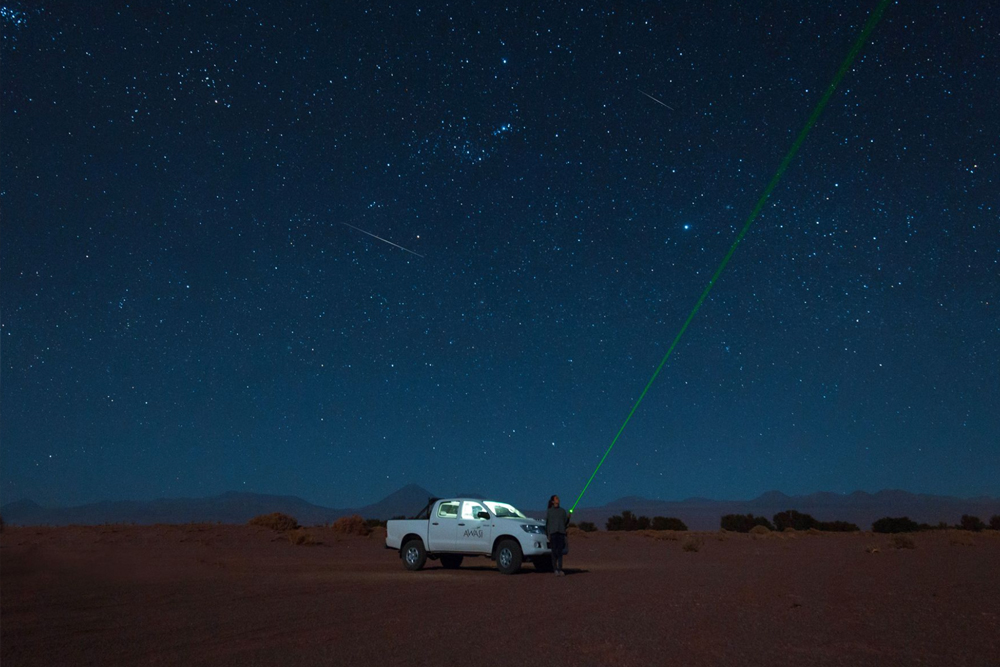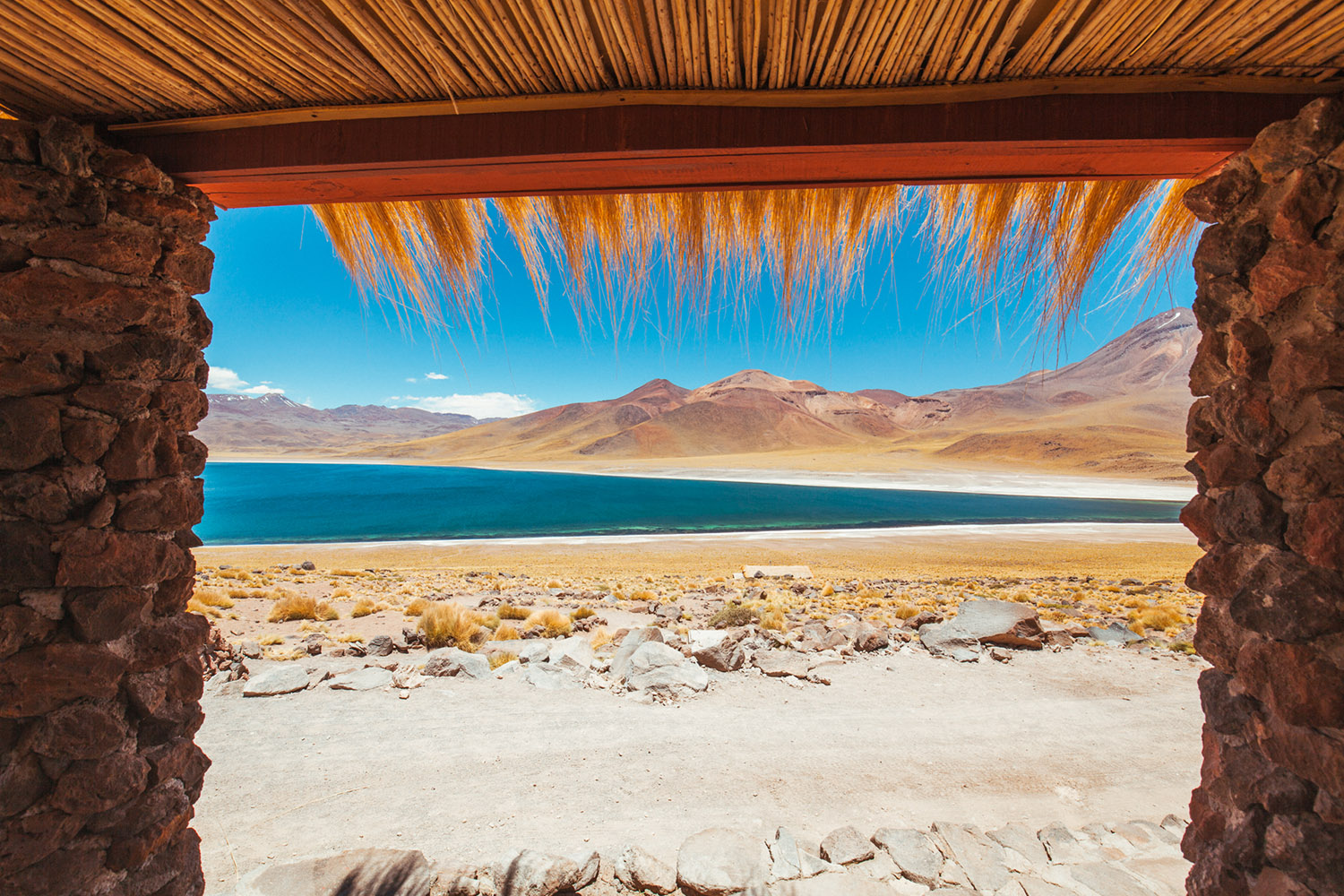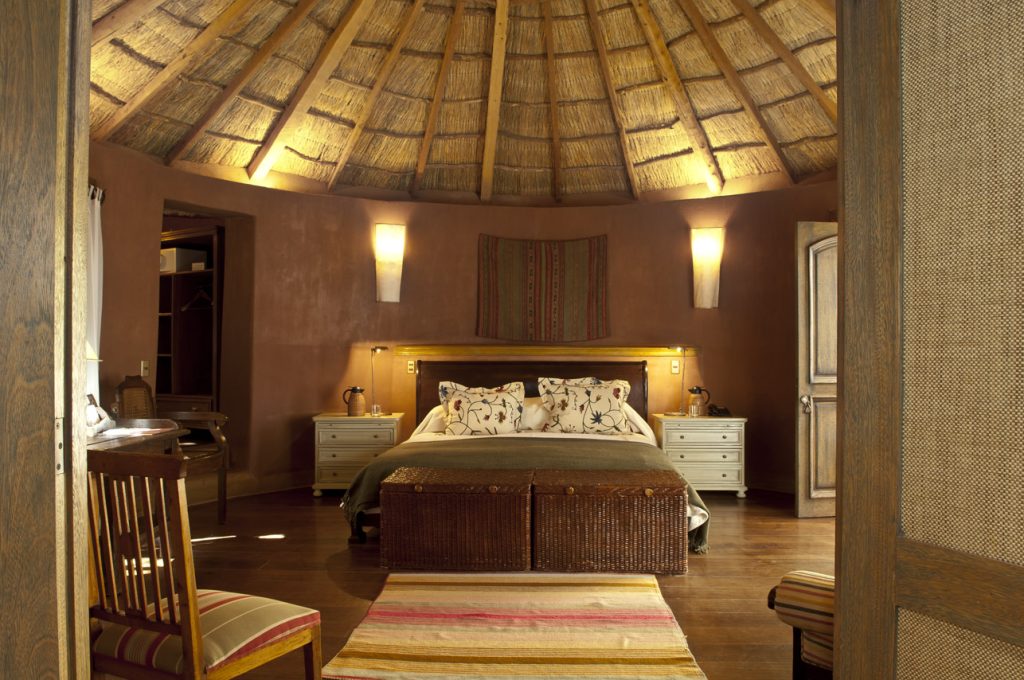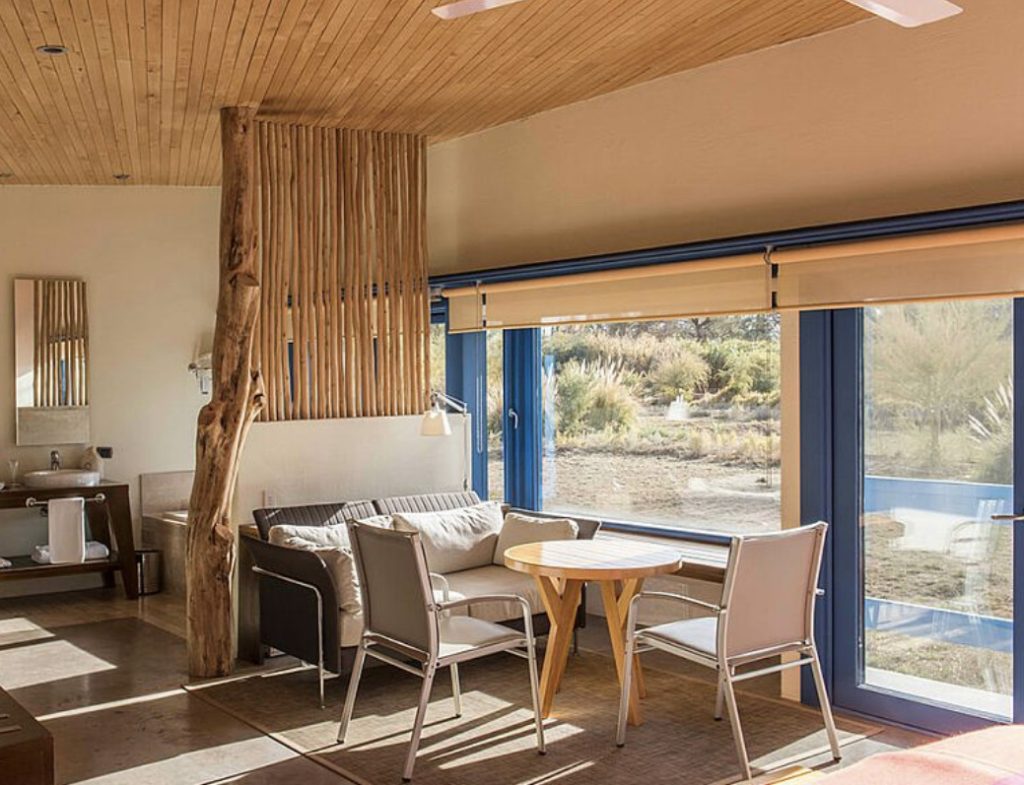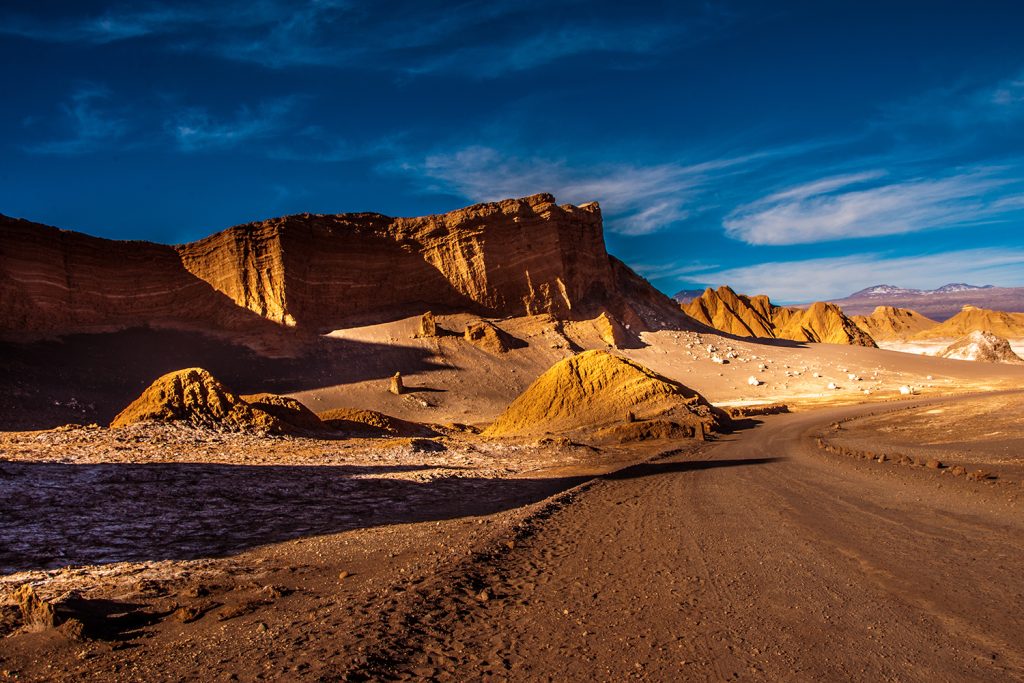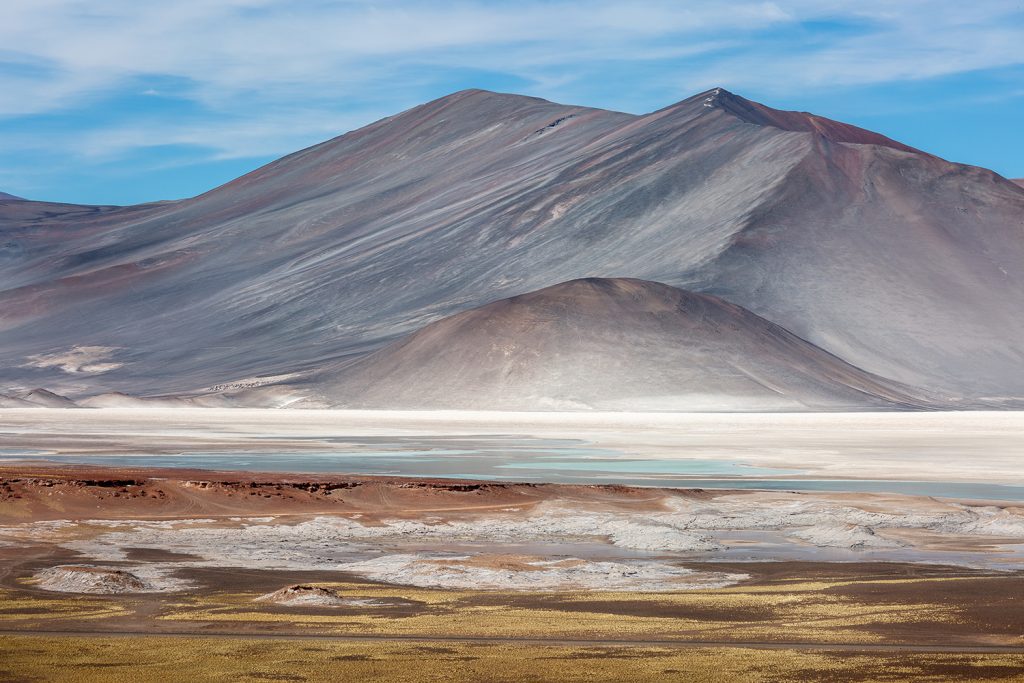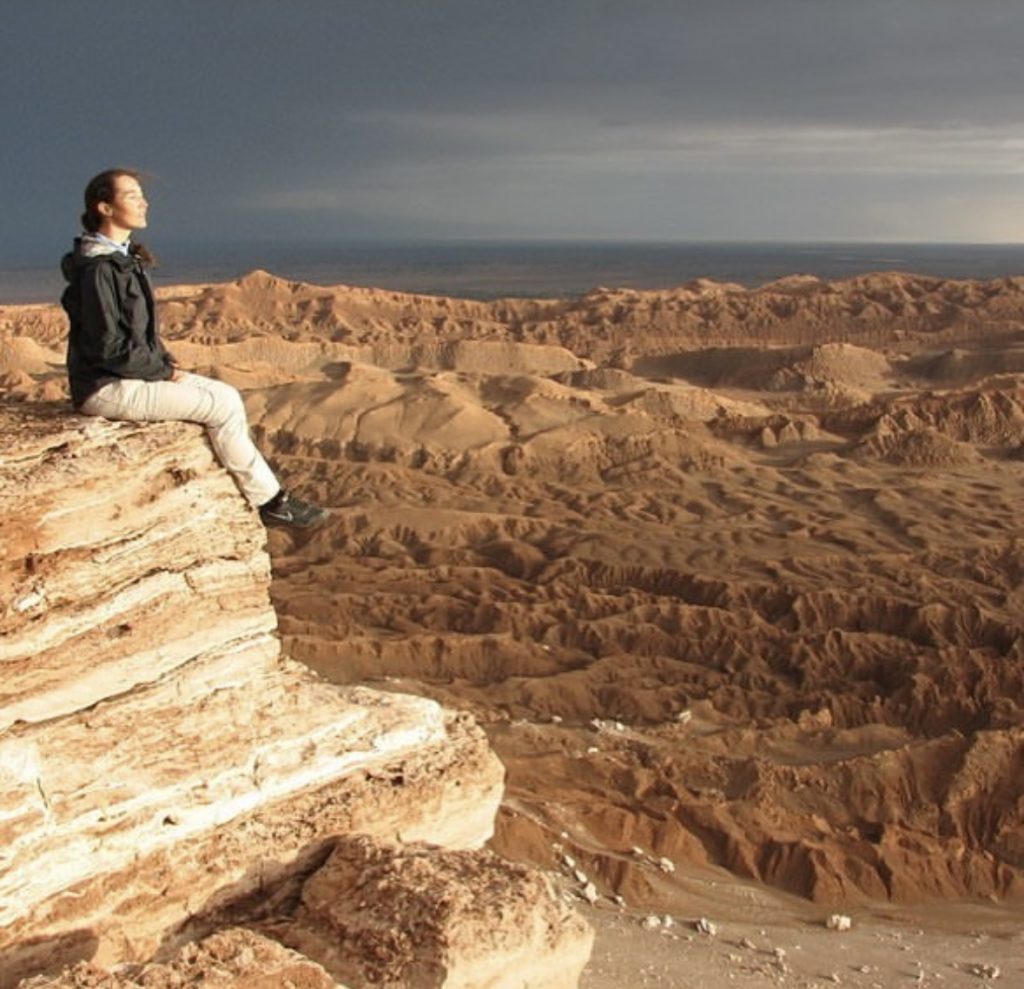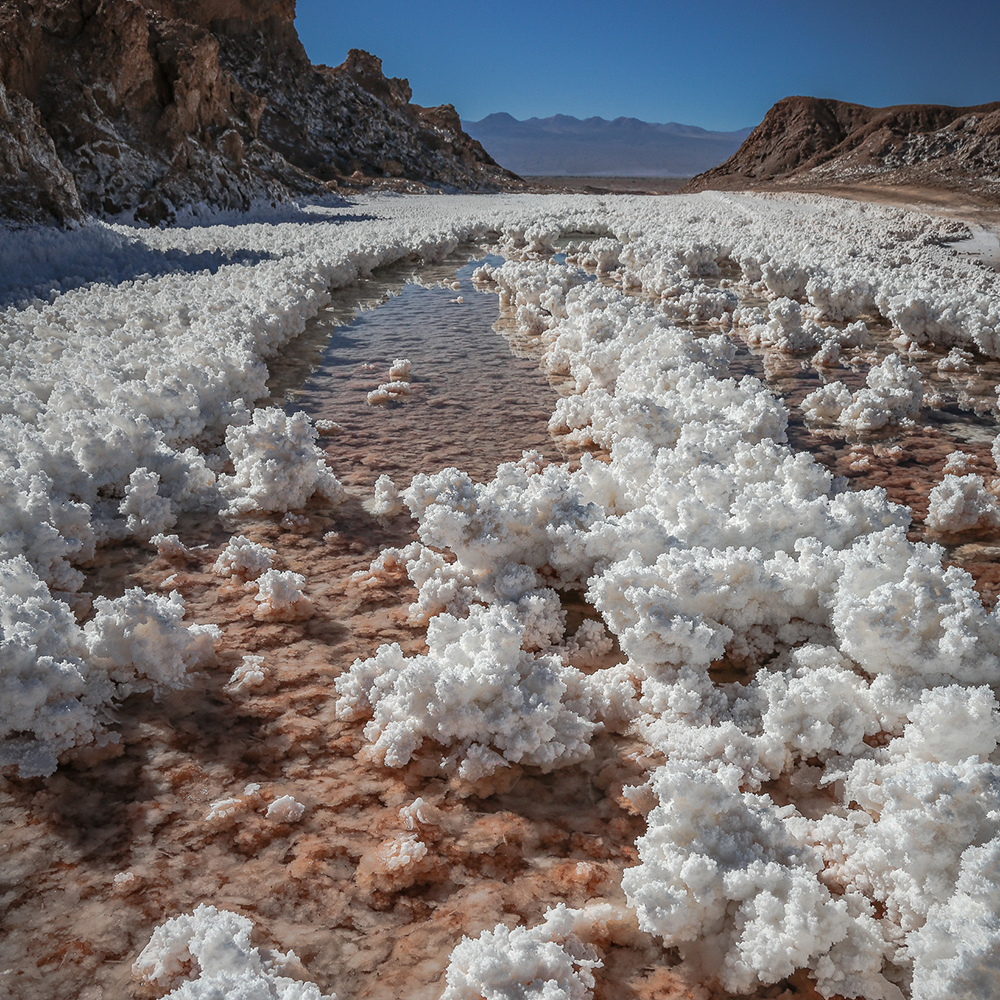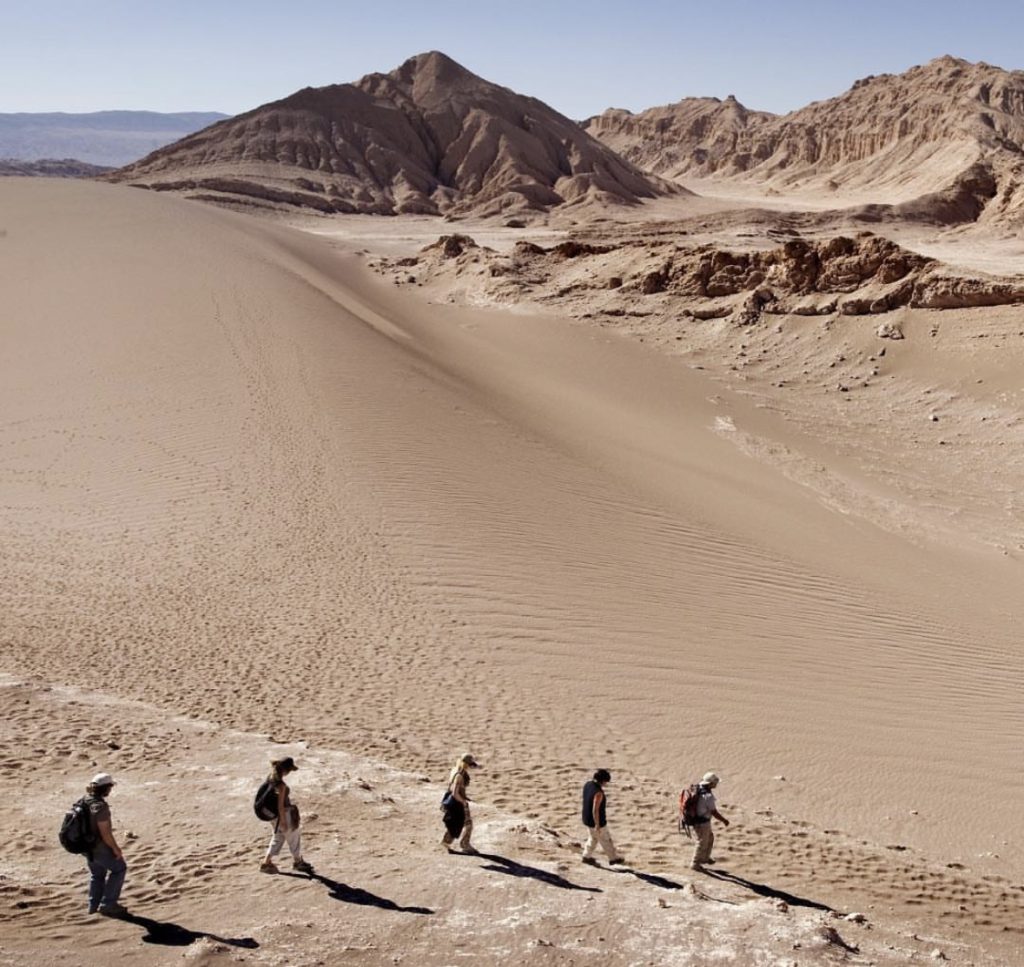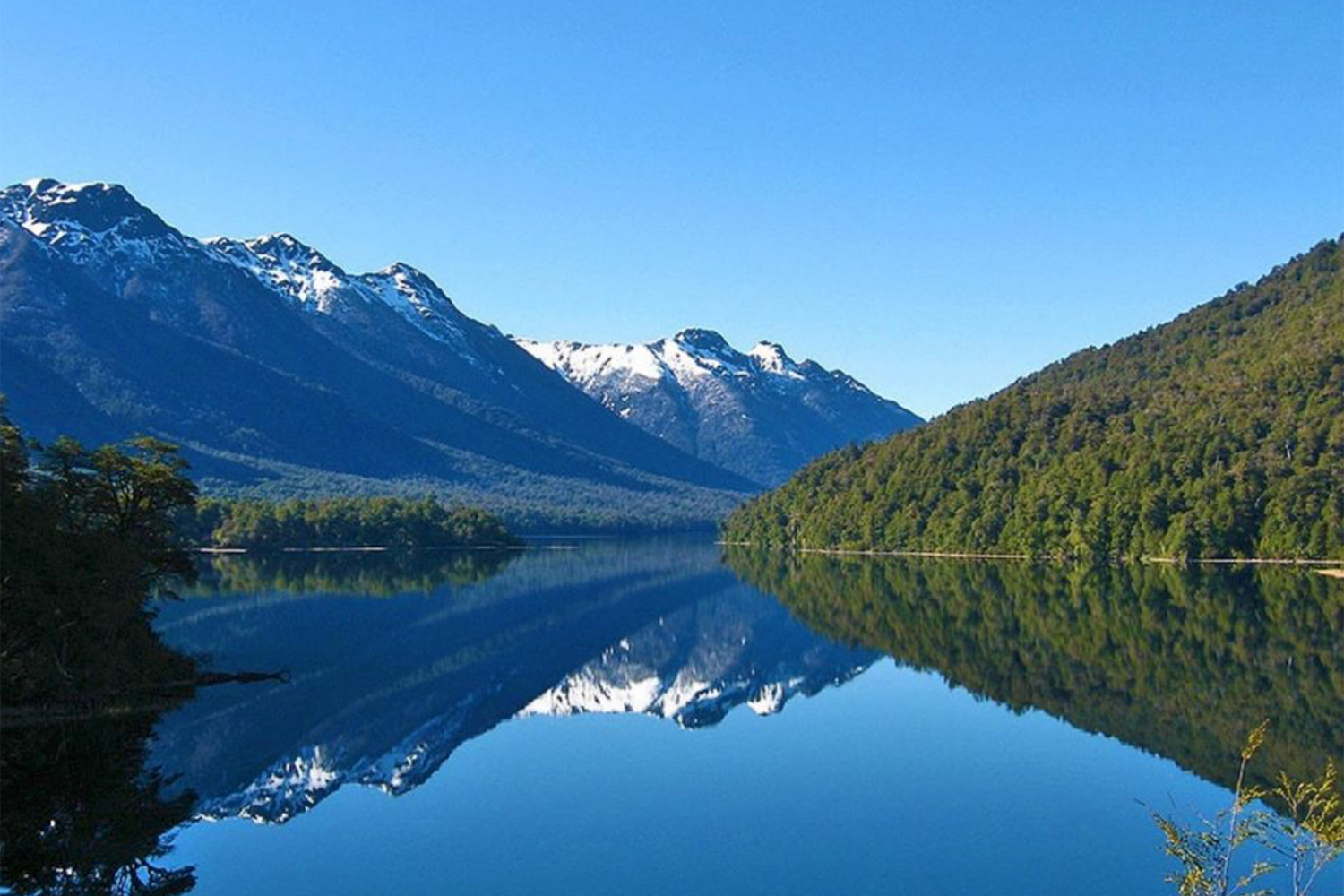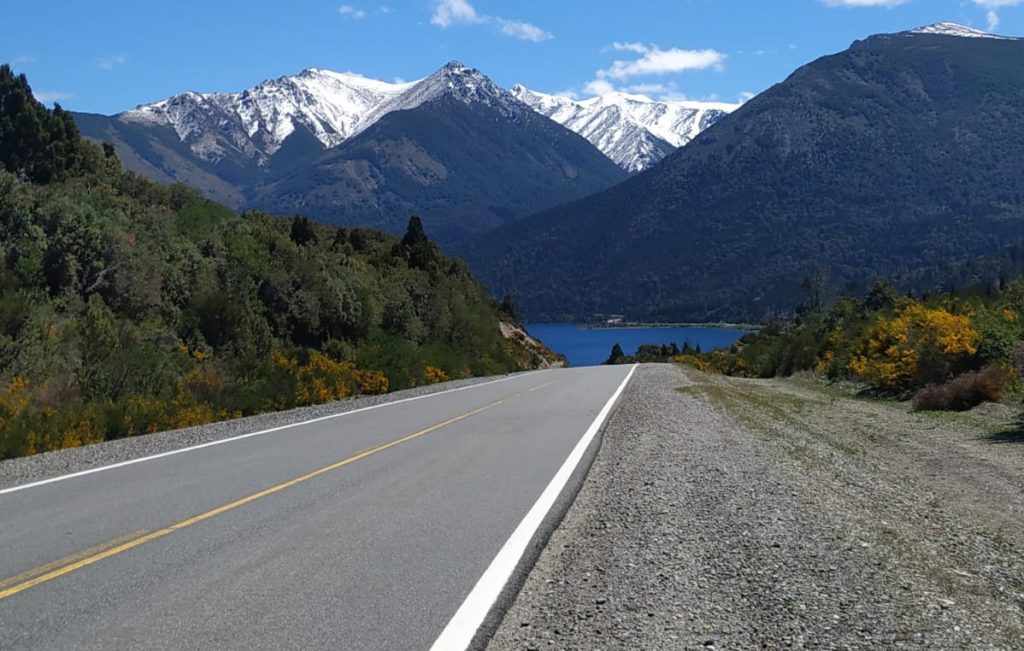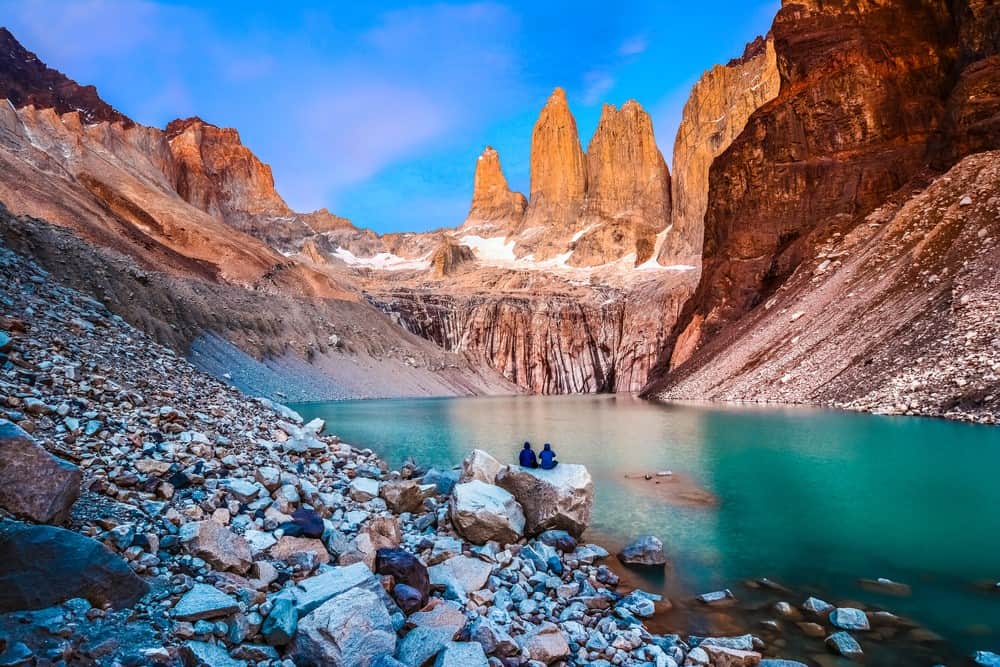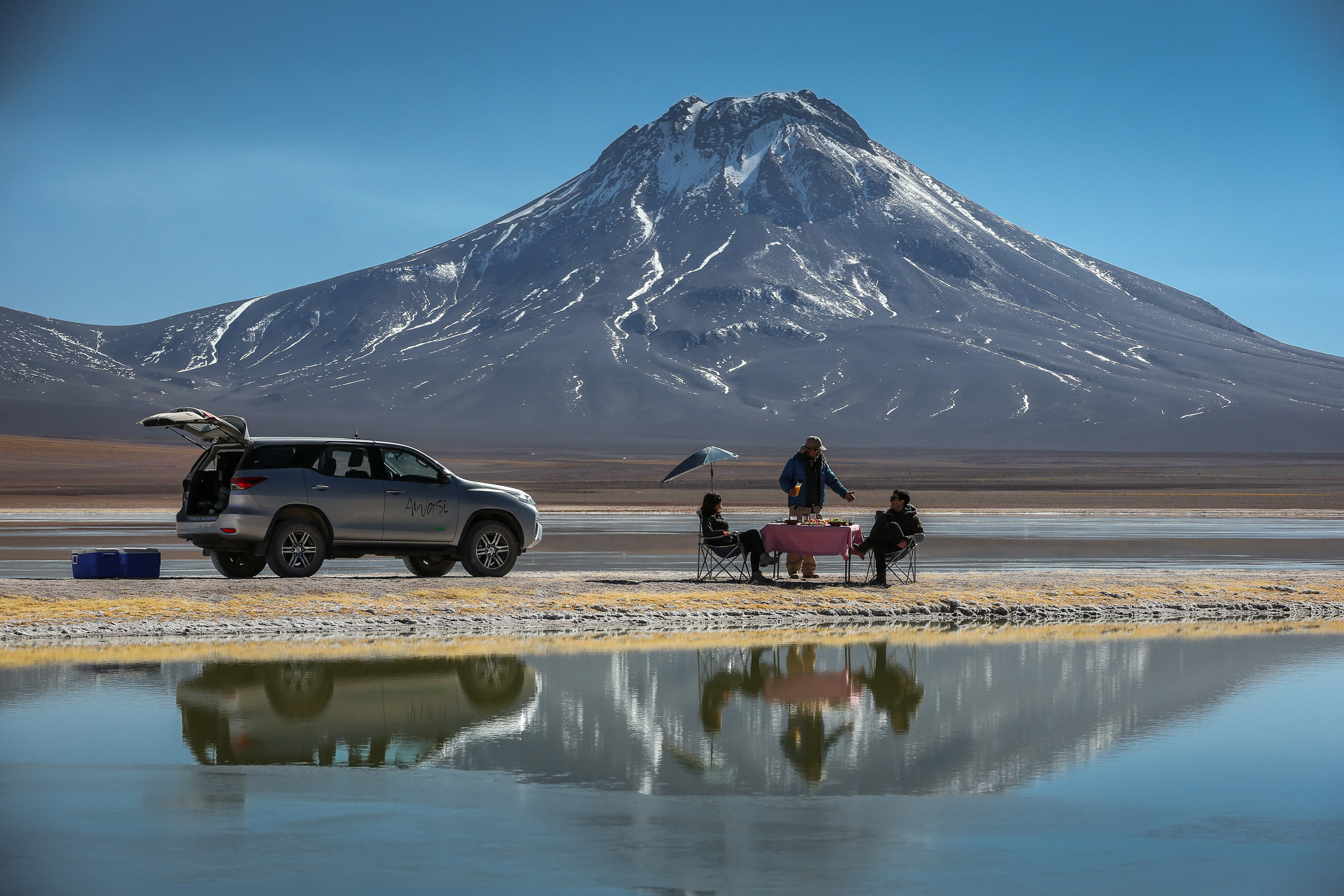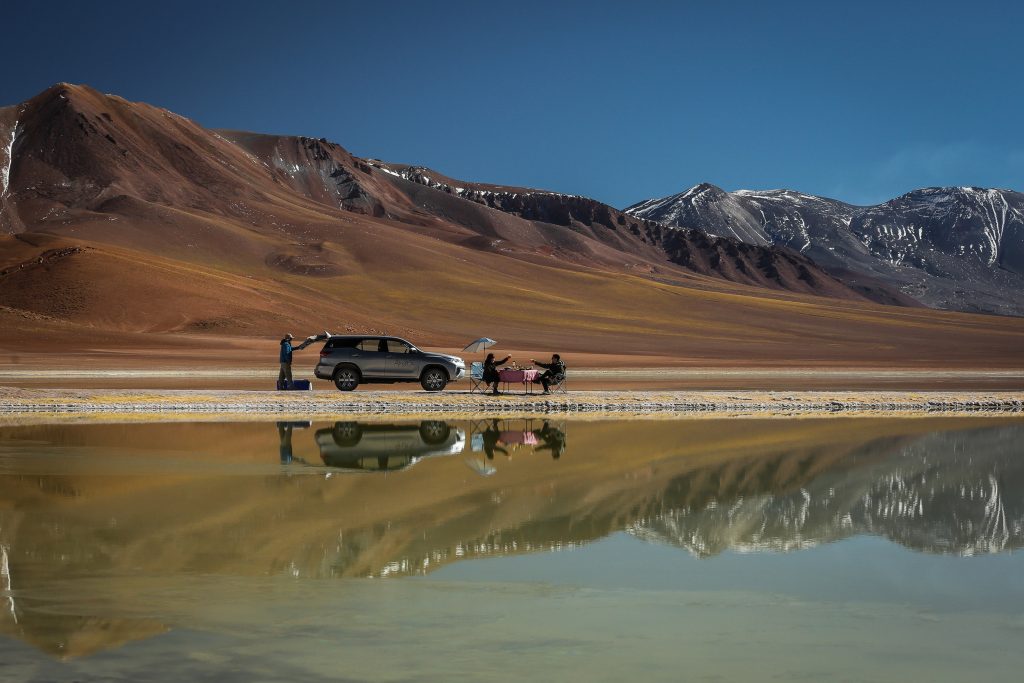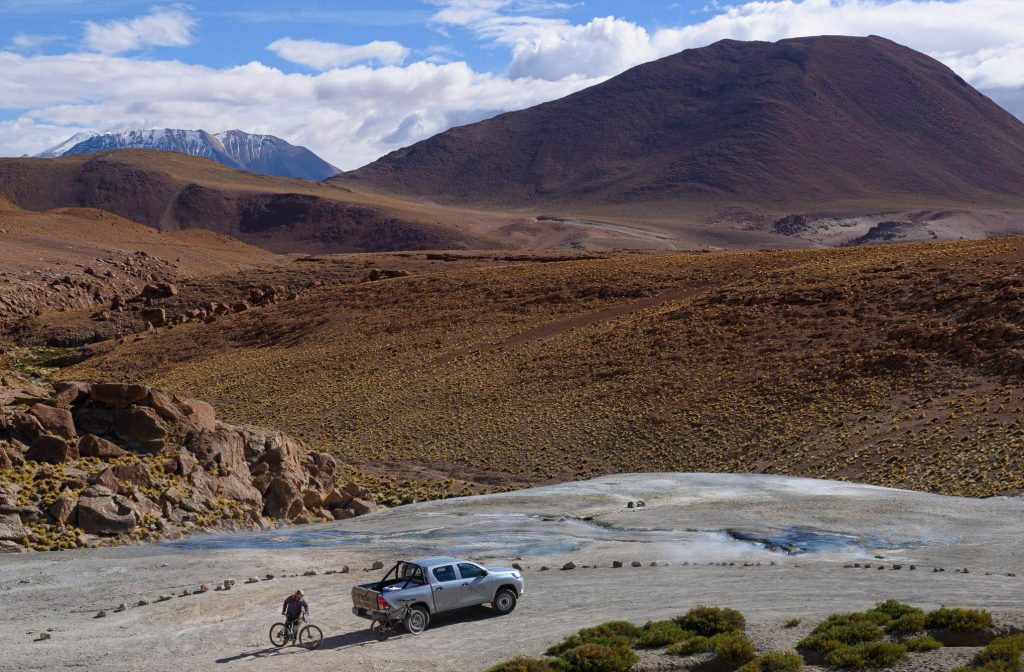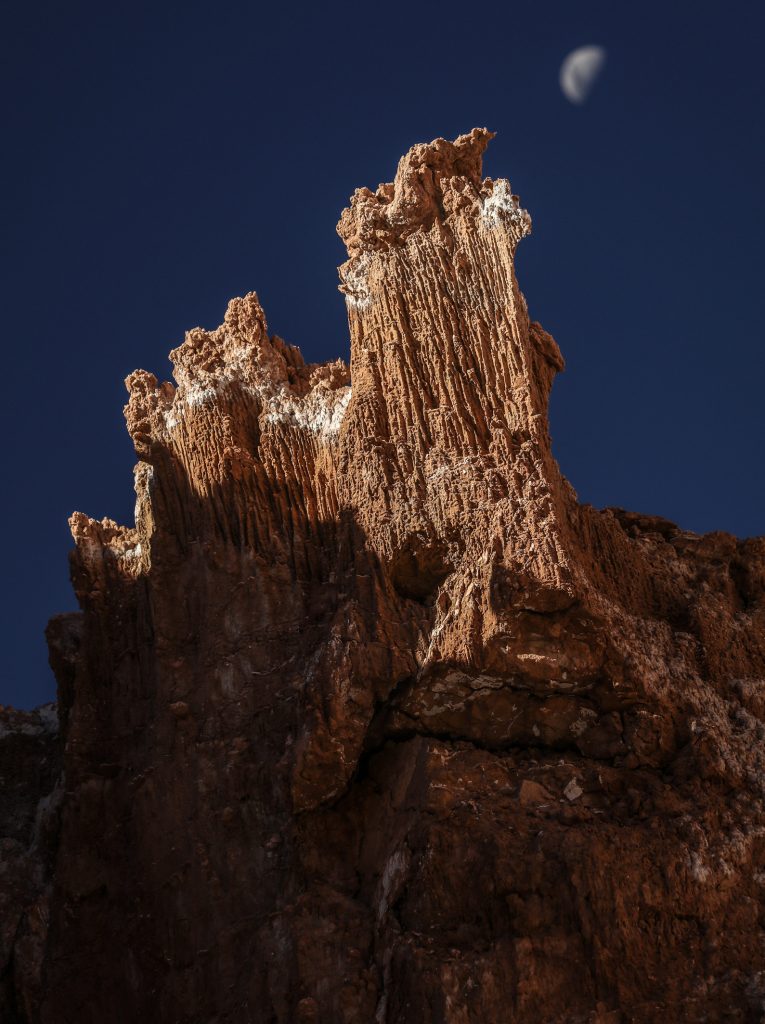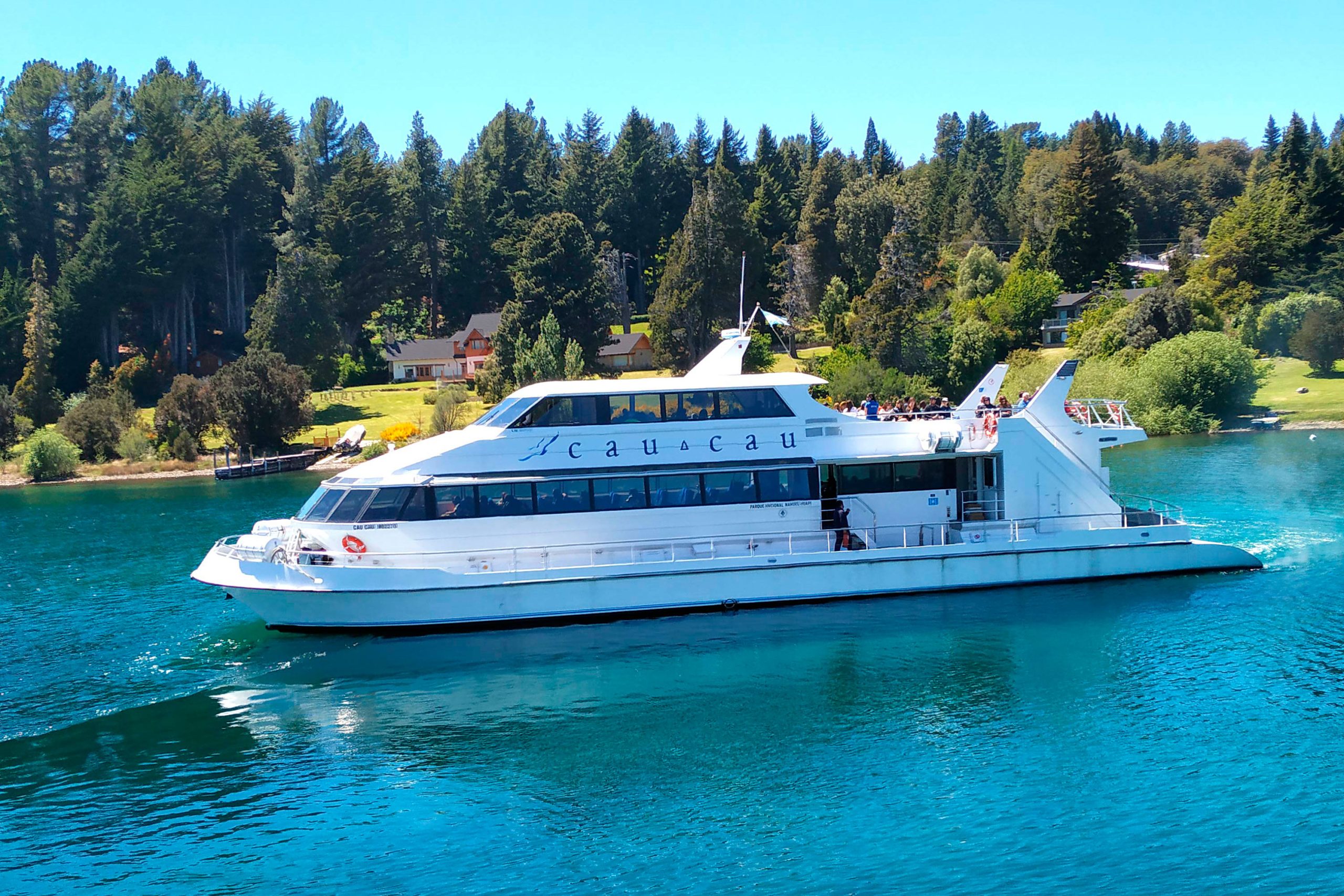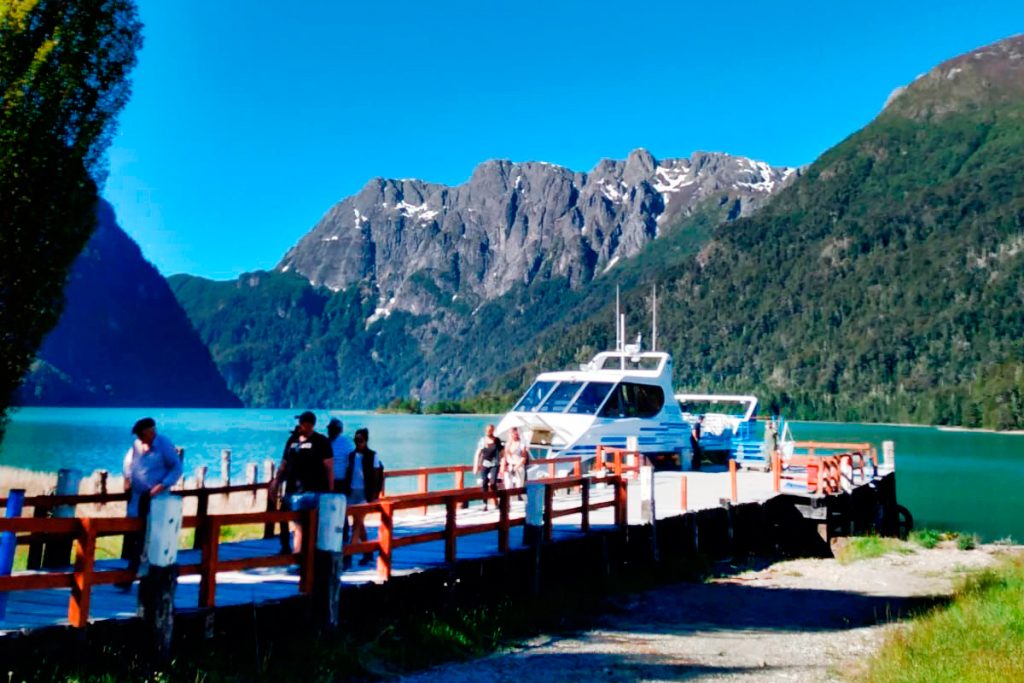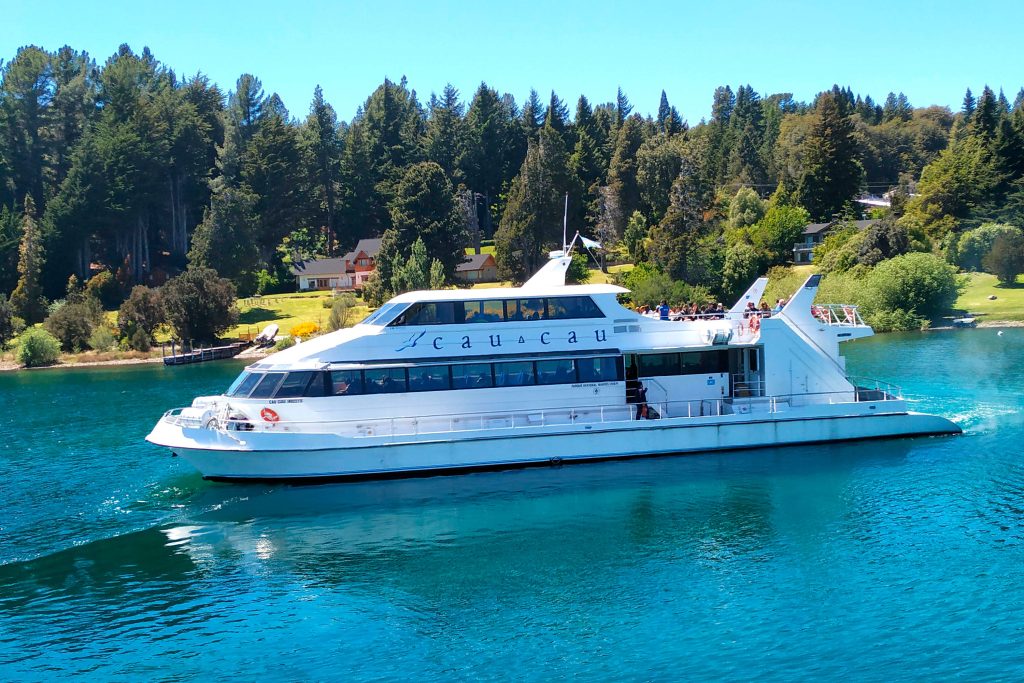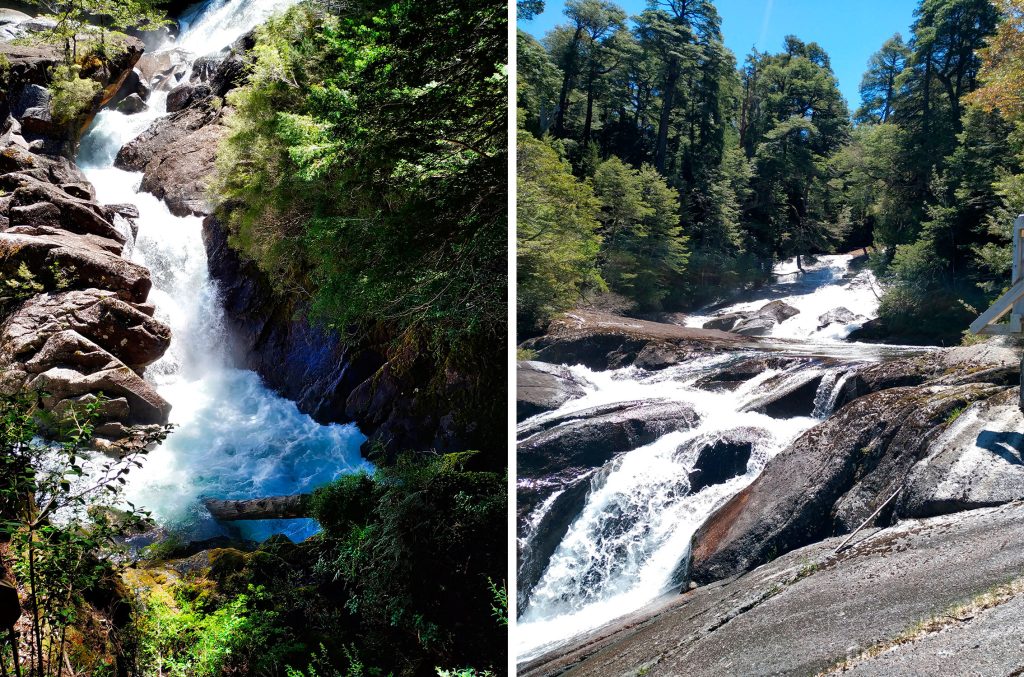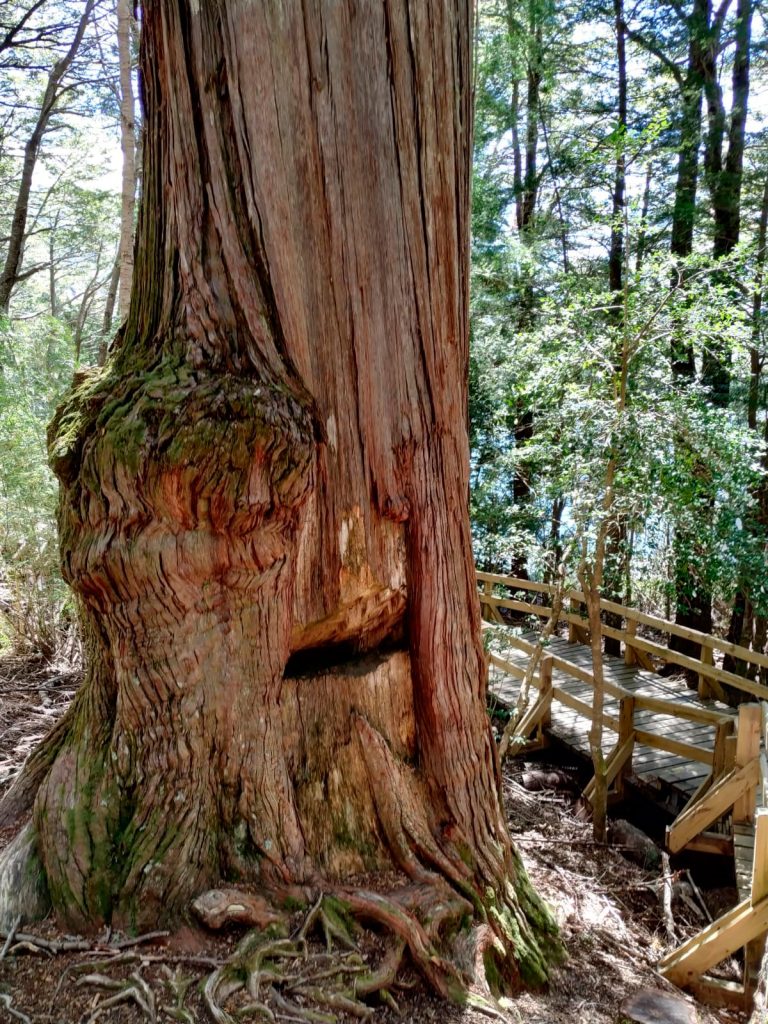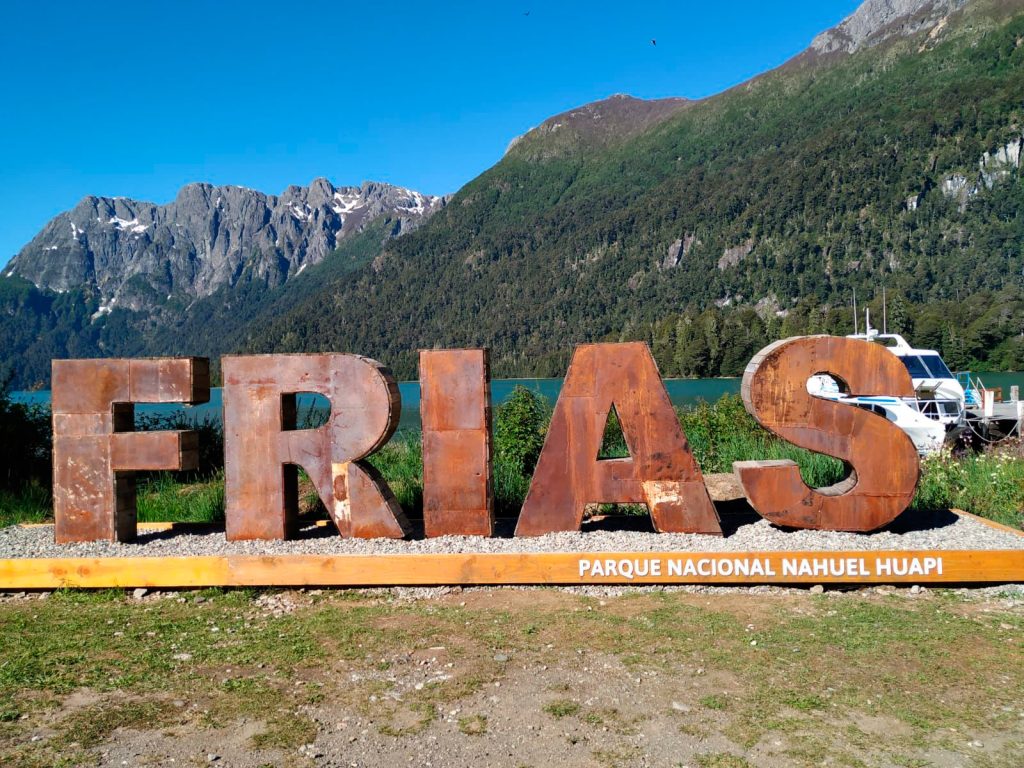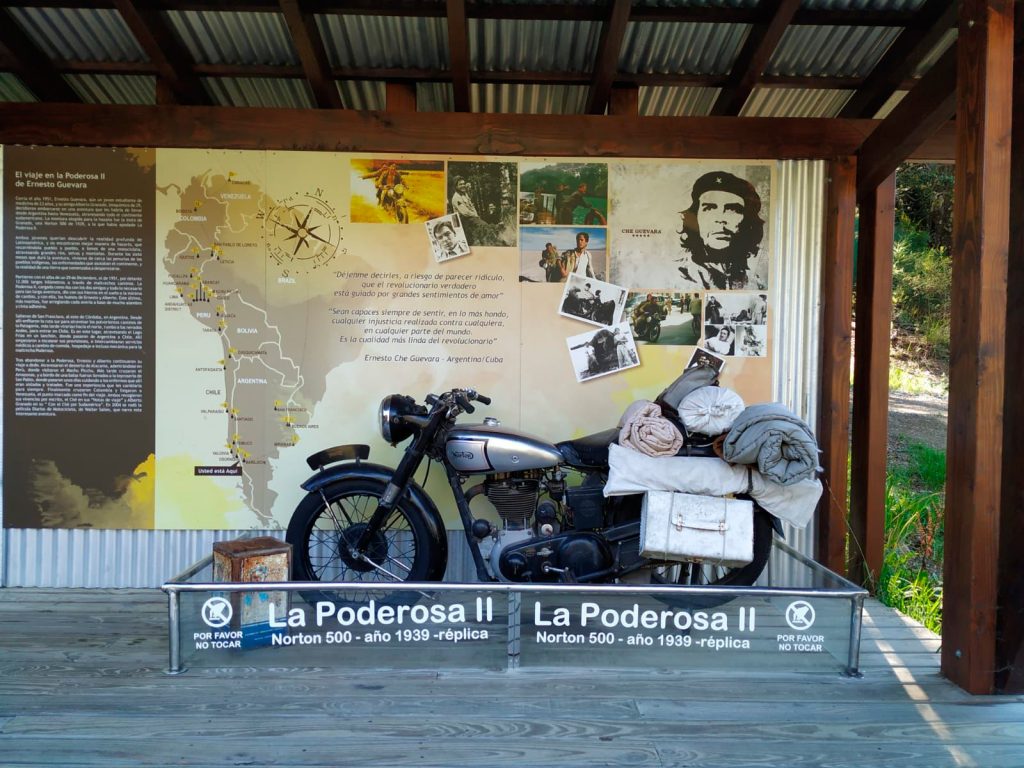VIK Chile Unforgettable Escapes: A Review of Viña Vik Chile

Founded in 2006 by the Norwegian Alexander Vik and his wife Carrie Vik, after the acquisition of 4,300 hectares in the Cachapoal Valley, this luxury boutique hotel is unique for its location atop a hill surrounded by vineyards, its distinctive architecture, and because all rooms are designed by Chilean architects with different styles. It’s a tranquil, remote place with excellent services, restaurants, and its own vineyard. The hotel is the culmination of its owner’s vision, who wanted to create the best wine in Chile and thus created his hotel.
It’s a destination for relaxation and epicurean indulgence because it’s perfect for enjoying fine wines, learning about high-end wine production, immersing yourself in Chilean culture, taking advantage of nature, resting, admiring the scenery, and savoring fresh produce from its garden. You can also enjoy massages, the infinity pool, and marvel at the exquisite and unique artworks and designs of the hotel.
Getting There:
Arriving by plane?
Santiago’s Comodoro Arturo Merino Benítez International Airport is a convenient two-hour drive away. Direct flights are available from major cities like London, New York, Seattle, Auckland, and across South America. Need assistance with flights and transfers? Our Ideas team is just a call away, ready to assist you.
Prefer the freedom of the open road?
Vik Chile is a scenic two-and-a-half-hour drive south of Santiago. Additionally, it’s just a 45-minute car ride from the renowned Chilean wine region, the Colchagua Province. Valet parking at the hotel is complimentary, ensuring a hassle-free arrival
Adventures Await
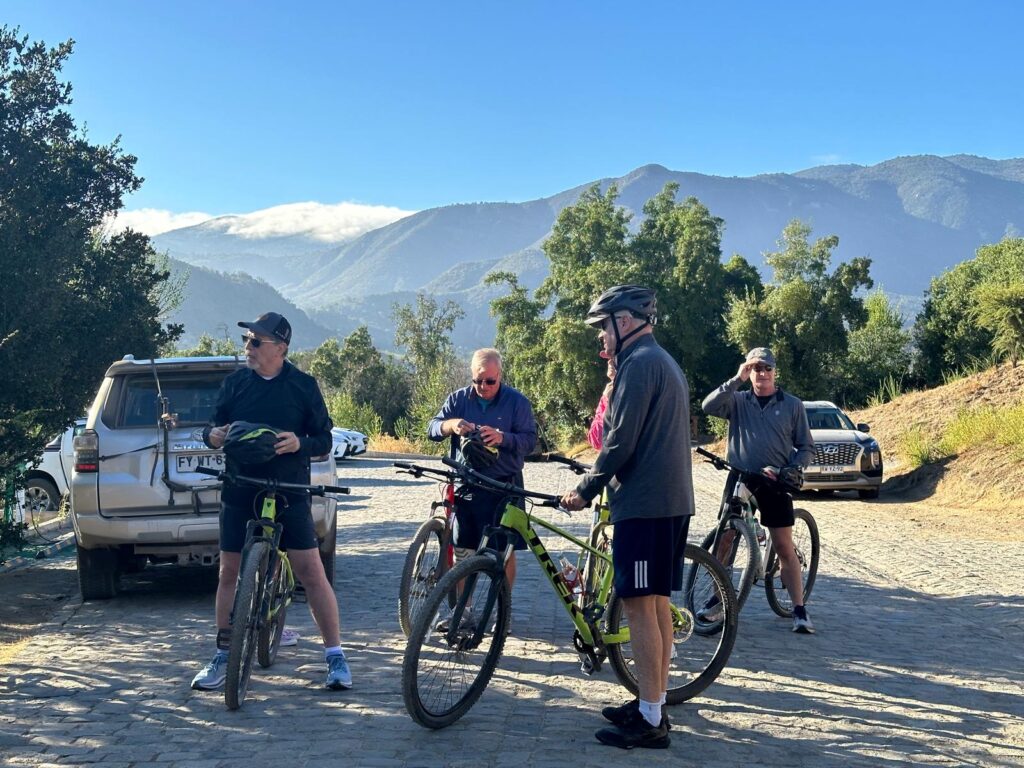
Here are some ways to make the most of your stay at Vik Chile:
- Start your day off right with a rejuvenating yoga session, followed by a leisurely exploration of the estate on our complimentary bicycles.
- If you’re feeling adventurous, embark on a hike along the best trails recommended by our knowledgeable staff, or opt for a scenic horseback ride through the hills and vineyards.
- Nature enthusiasts will love bird watching and joining our guided stargazing sessions to marvel at the night sky’s beauty.
- Dive into Chile’s rich wine culture with vineyard tours and tastings at the nearby Colchagua and Cachapoal valleys.
- Don’t miss the chance to visit the Vik winery for an insider’s look into viticulture and guided tastings of our exceptional wines, including carménère, cabernet sauvignon, merlot, and Vik’s signature red blend.
- Elevate your culinary skills with private cooking lessons, where you’ll learn to create traditional dishes to pair perfectly with our Vik wines.
- Indulge in specially-packed picnic lunches or treat yourself to gastronomic tasting menus and private meals amidst the stunning vineyard scenery for an unforgettable dining experience.
Hotel Amenities
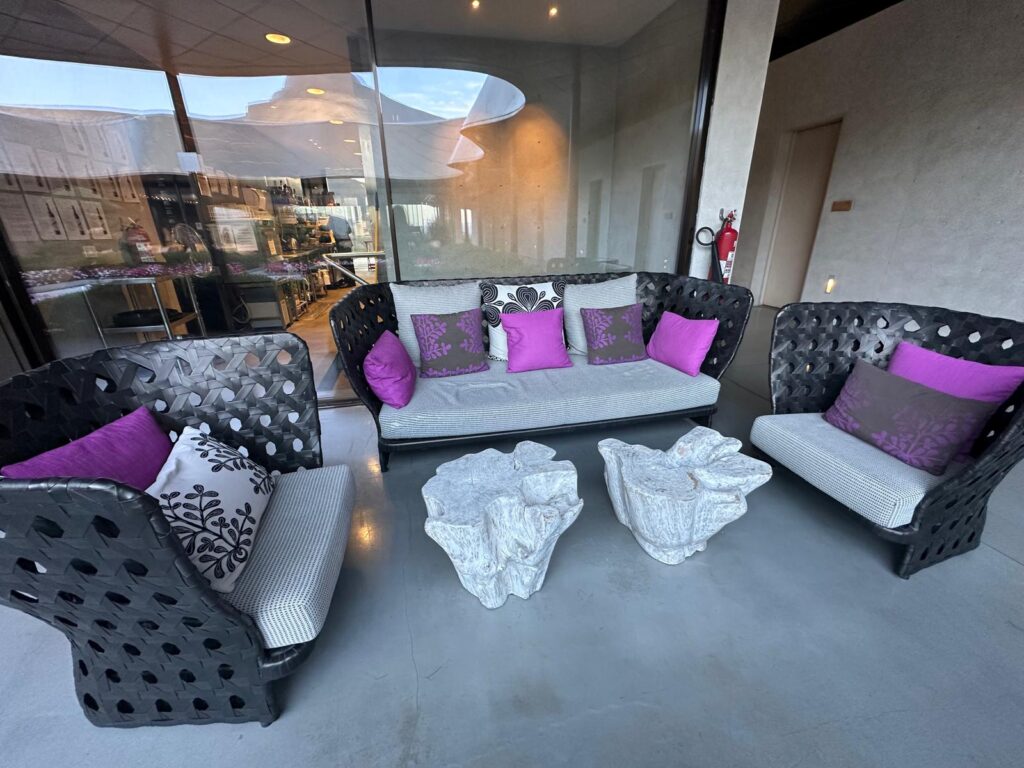
Unwind and rejuvenate at the spa and gym facilities, complete with a yoga room, sauna, relaxation lounge, and Zen garden. Stay connected with complimentary WiFi accessible throughout the property, and take advantage of the convenient laundry services. Enjoy in-room amenities such as an iPod dock, daily restocked minibar, complimentary bottled water, Ecolab bath products, and air-conditioning. Suites offer added luxuries including grape seed-infused bath products and a complimentary minibar.
Preferred Accommodations
Our top recommendation is our four Master Suites, each offering unparalleled panoramic views from their corner locations. You can even enjoy the stunning scenery while soaking in the bathtub.
Poolside Paradise
Relax by the infinity pool overlooking the picturesque Millahue valley and lagoon. Whether you prefer leisurely laps or lounging on our sun loungers, drinks and snacks are available for delivery right to you.
Wine Spa Experience
Experience holistic wellness at the Wine Spa, where rejuvenating therapies await to revive both body and mind. Treatments feature renowned brands like Caudalie and Casmara, as well as grape seed-infused products and anti-inflammatory vine extracts. Indulge in wine-infused treatments for a truly unique experience, or opt for a relaxing aromatherapy massage for two. In-room spa services are also available with reservations made at least 72 hours in advance.
Packing Tips
For outdoor adventures, pack layers, and don’t forget your most contemplative demeanor and a few wine-tasting phrases to impress.
Additional Information
Outside food and drinks are not permitted on the premises. The hotel’s facilities are wheelchair accessible, with lift access to all floors. Please note that while rooms and bathrooms are not specially adapted for guests with mobility issues, the hotel strives to ensure a comfortable stay for all.
Family-Friendly

Families are welcome, and the hotel’s provide complimentary cots or extra beds upon request. Babysitting services are available with prior notice. Additionally, the hotel offers bike and horse riding activities, as well as fun cooking classes for kids.
Sustainability Initiatives
At Vik Chile, sustainability is a priority. Their energy-efficient design utilizes natural resources for heating, cooling, and irrigation. The hotel staff collects and recycles water, and their heat is generated using solar tubes.
Hotel Dining Experience
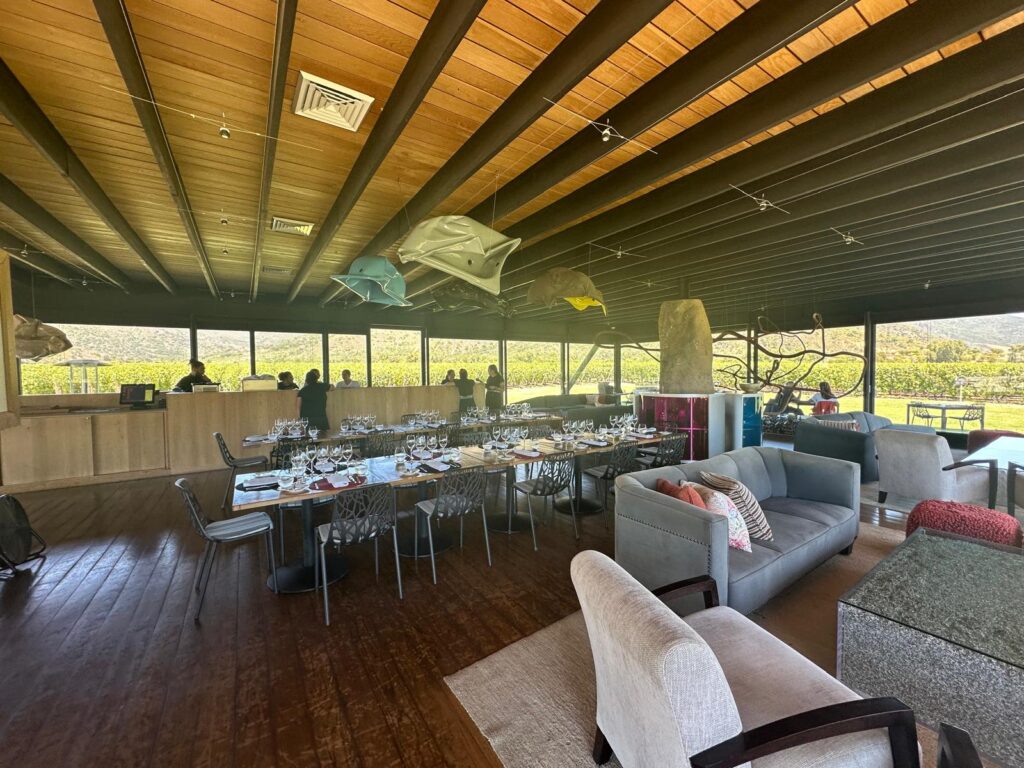
Indulge in a captivating dining experience at restaurant Milla Milla, where industrial design meets delectable cuisine. Chef Rodrigo Acuña Bravo showcases authentic South American flavors, perfectly paired with Vik’s signature wines. Enjoy dishes like Merluza agnolottis and tender braised lamb shanks, followed by delightful desserts. Breakfasts offer a delightful array of freshly baked goods and cooked-to-order eggs, all complemented by the serene ambiance of our Zen garden.
Operating Hours Hotel Bar
Milla Milla Restaurant serves breakfast from 8am to 10:30am, lunch from 1pm to 3pm, and dinner from 8pm to 10:30pm. Meals can be enjoyed at the restaurant, on the terrace, or in the picturesque Pavillion overlooking the vineyards.
Room Amenities
While dedicated room service is not available, you’ll find complimentary treats in your minibar, including beverages for all-inclusive stays.
Wine Country Adventures
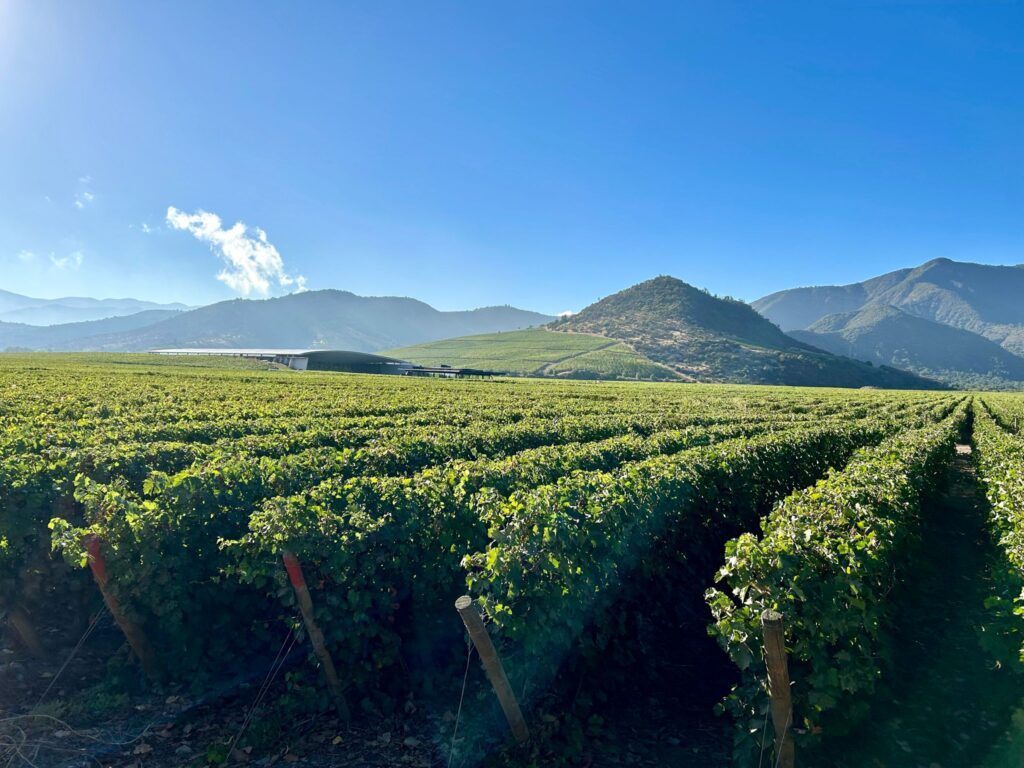
Get ready for an amazing journey through Chile’s Wine Country, where incredible wines, stunning landscapes, and perfect weather await in the valleys of Apalta, Rosario, and Maipo.
Explore the fascinating history and delicious wines of the majestic Maipo Valley, where you can taste fantastic wines paired with artisanal chocolates, honey, spices, and more, making your experience even more flavorful.
Join us for private tours led by expert wine enthusiasts, where you’ll enjoy top-notch wine and food pairings and have picnics surrounded by beautiful vineyards. Dive into the vibrant flavors of the region with cooking classes led by local chefs, and savor the tradition of a Chilean barbecue inspired by the local Huaso countrymen.
Explore the Wine Country by horseback, bicycle, helicopter, or off-road in a 4×4 vehicle, immersing yourself in the beauty of the surroundings while savoring the finest wines the region has to offer.
Excited to start your wine country adventure?
Reach out to us today to plan your personalized journey full of unforgettable moments and delicious treats.


